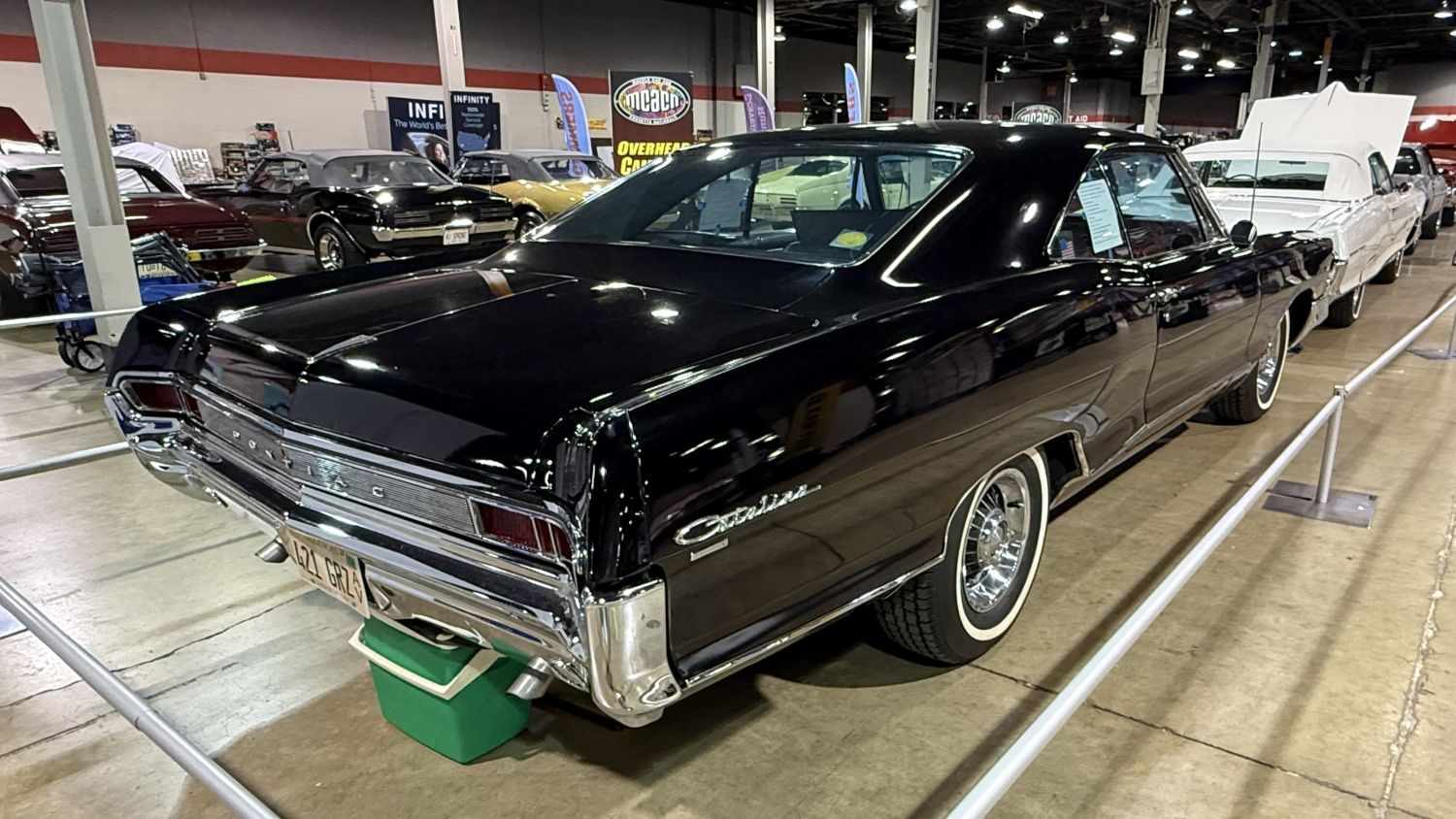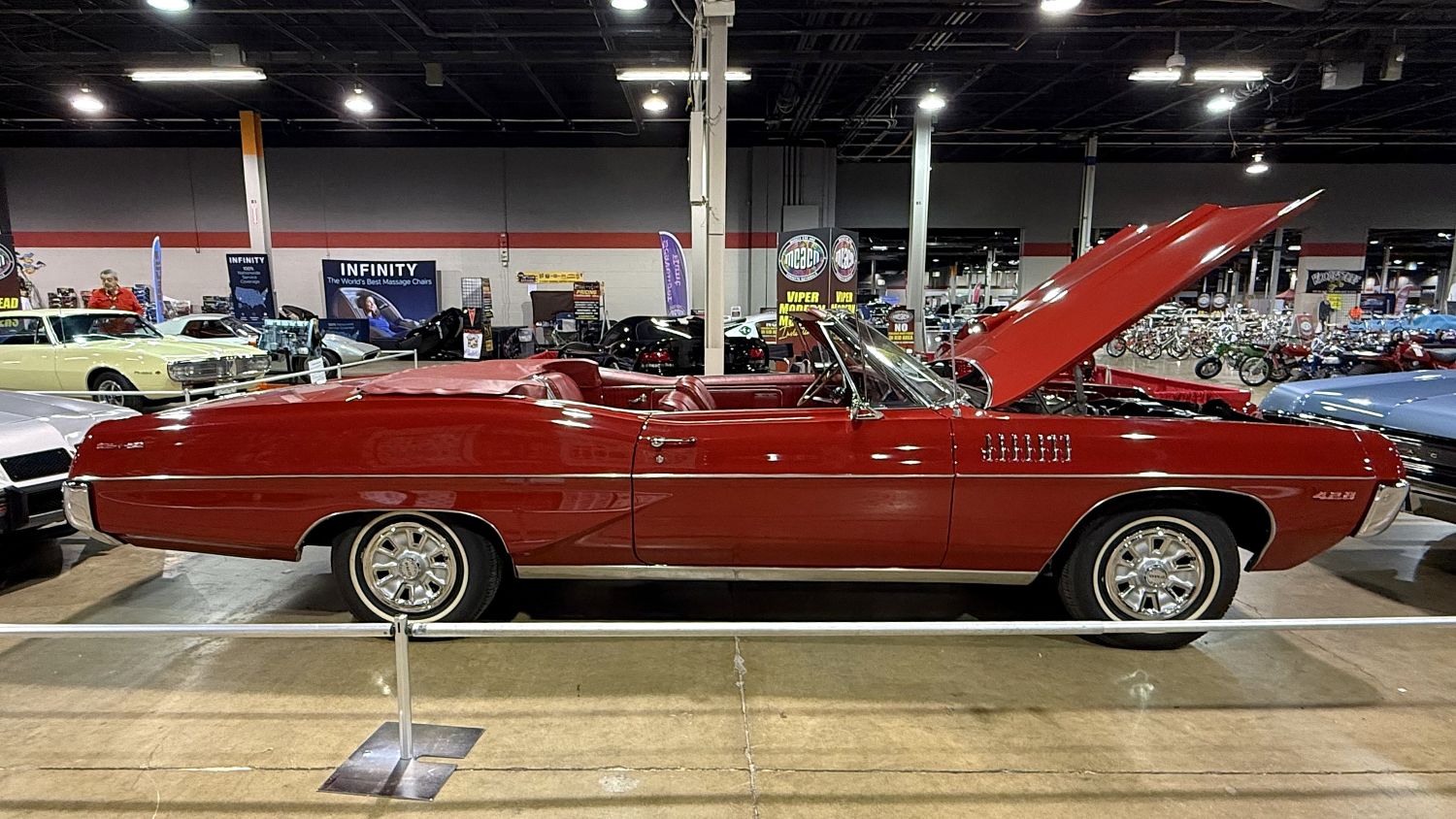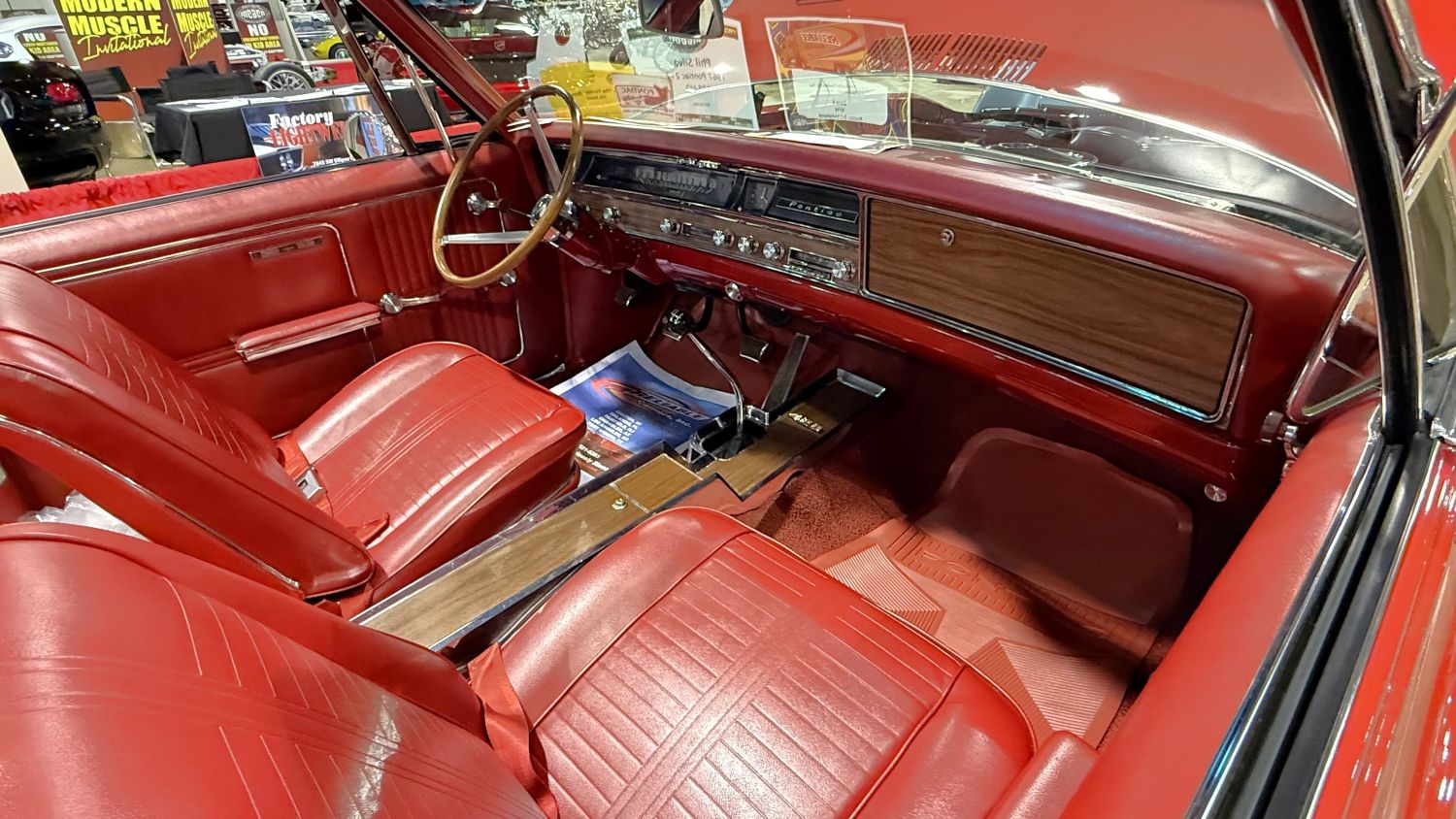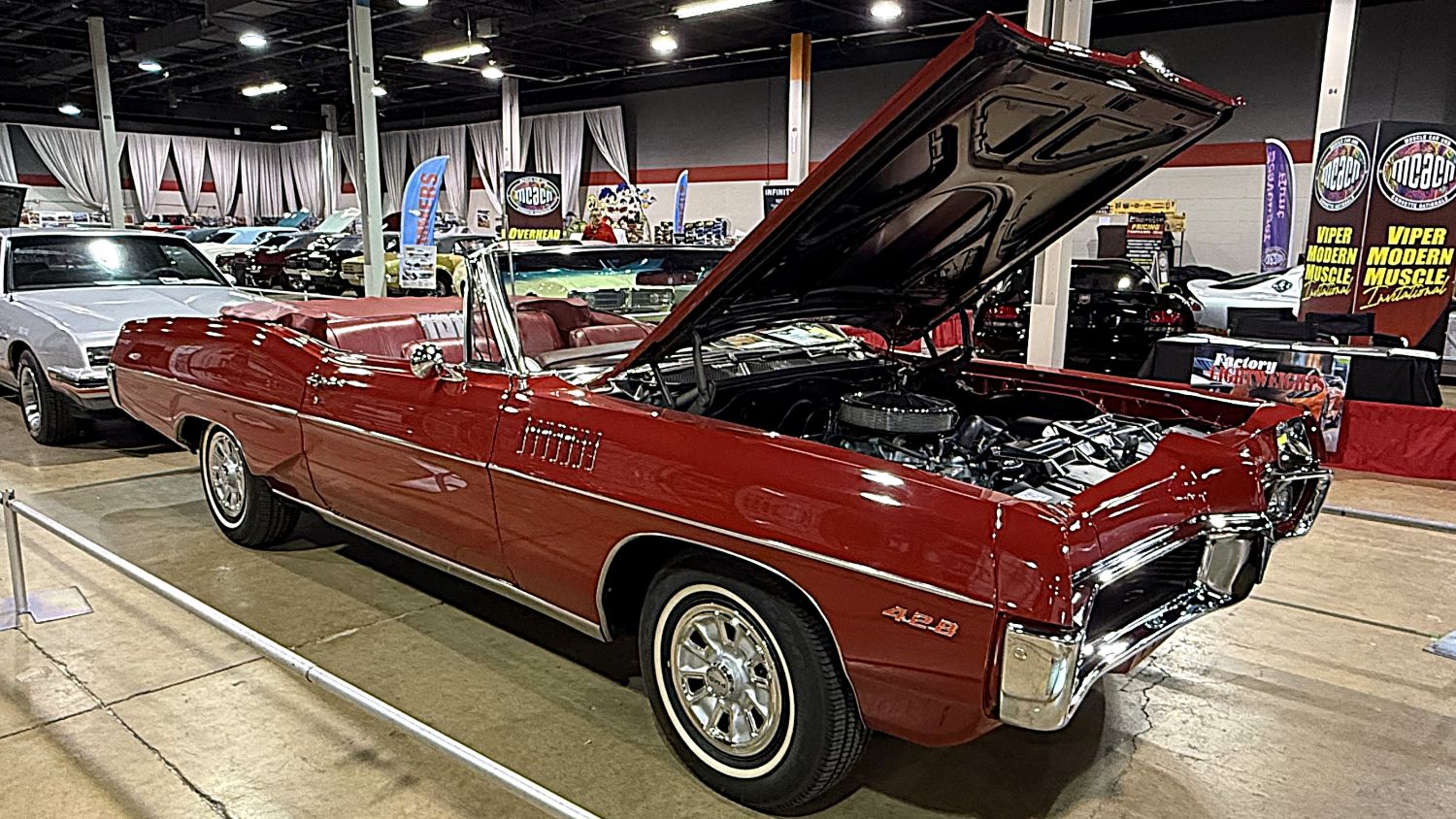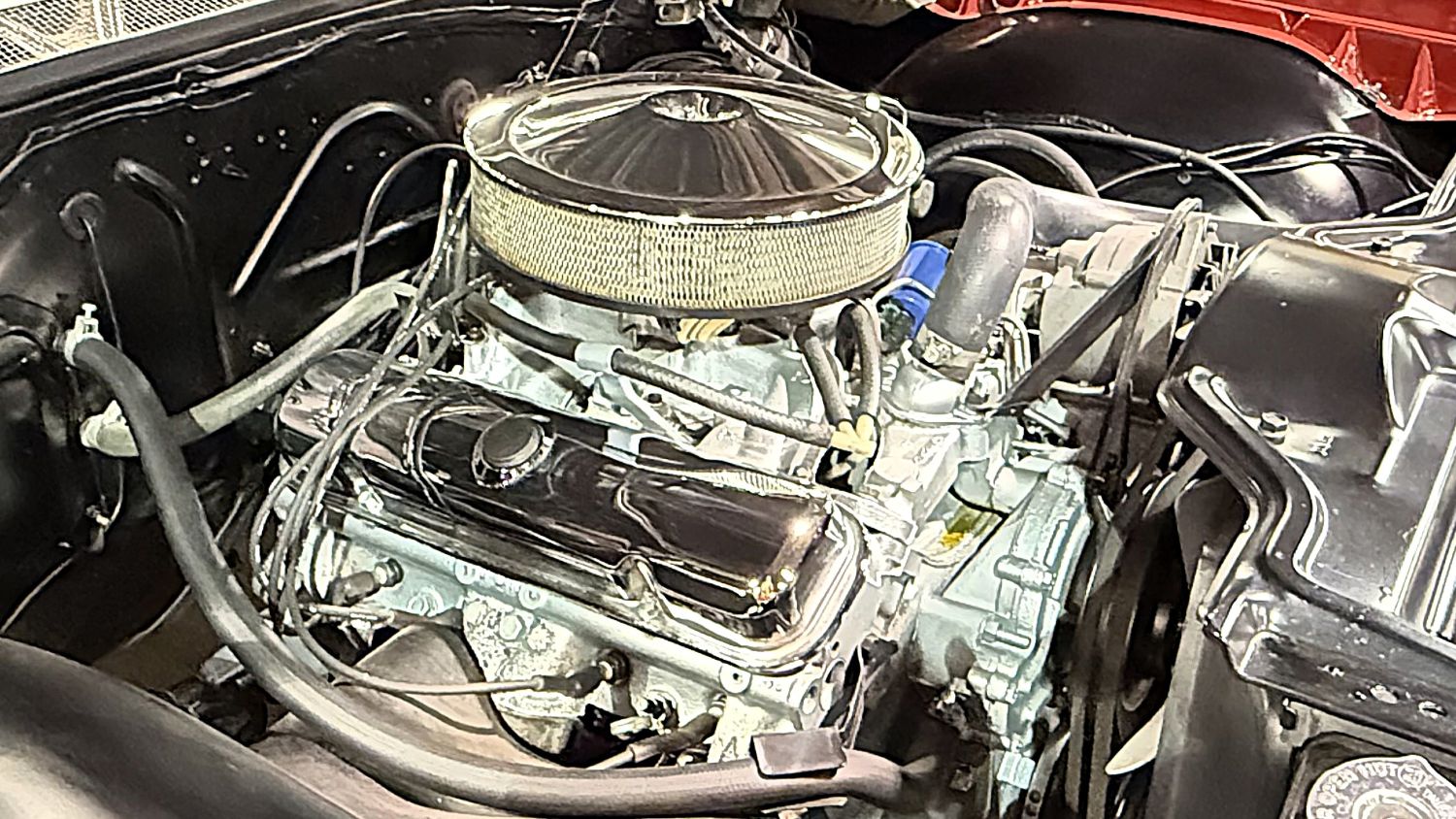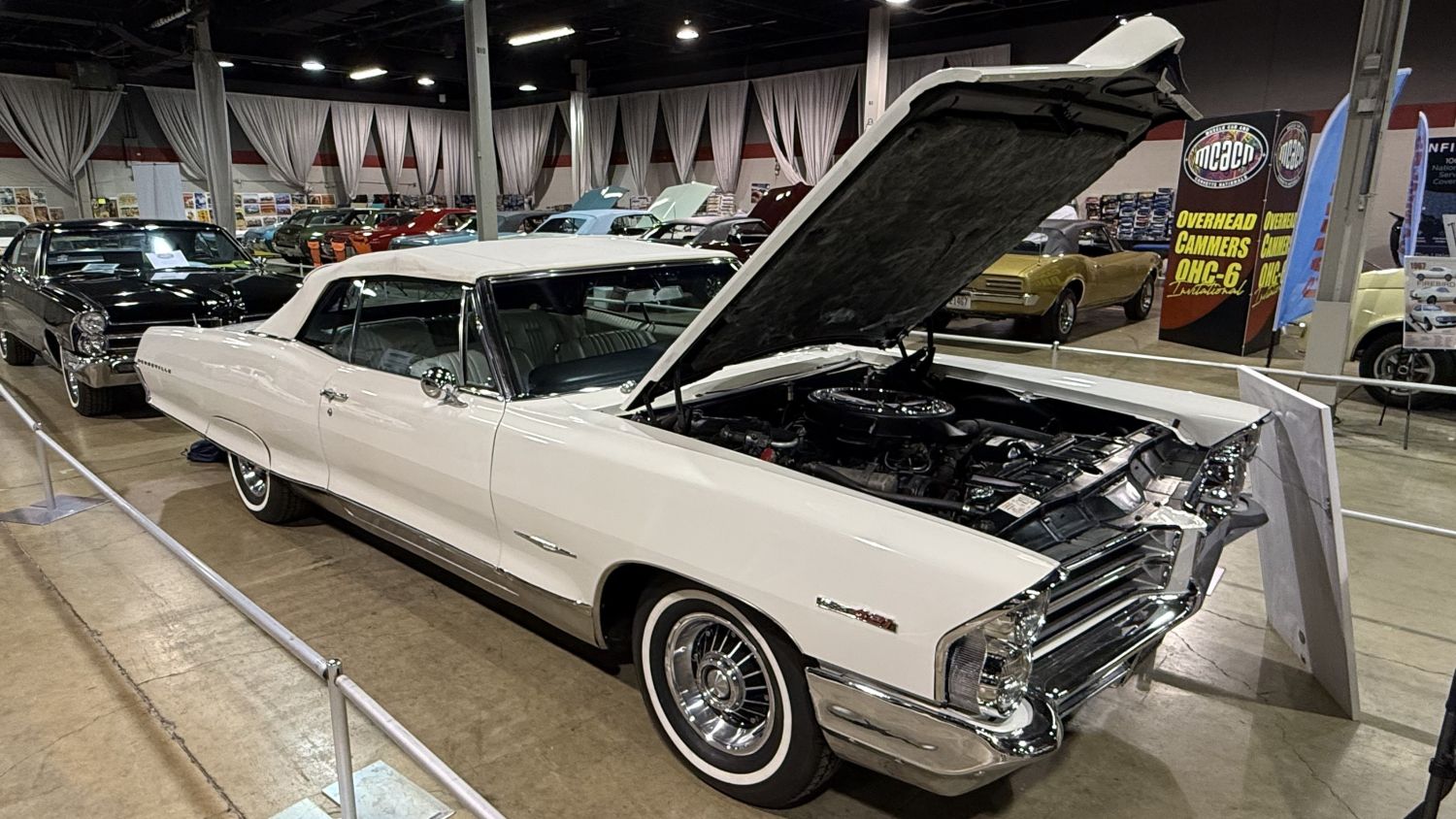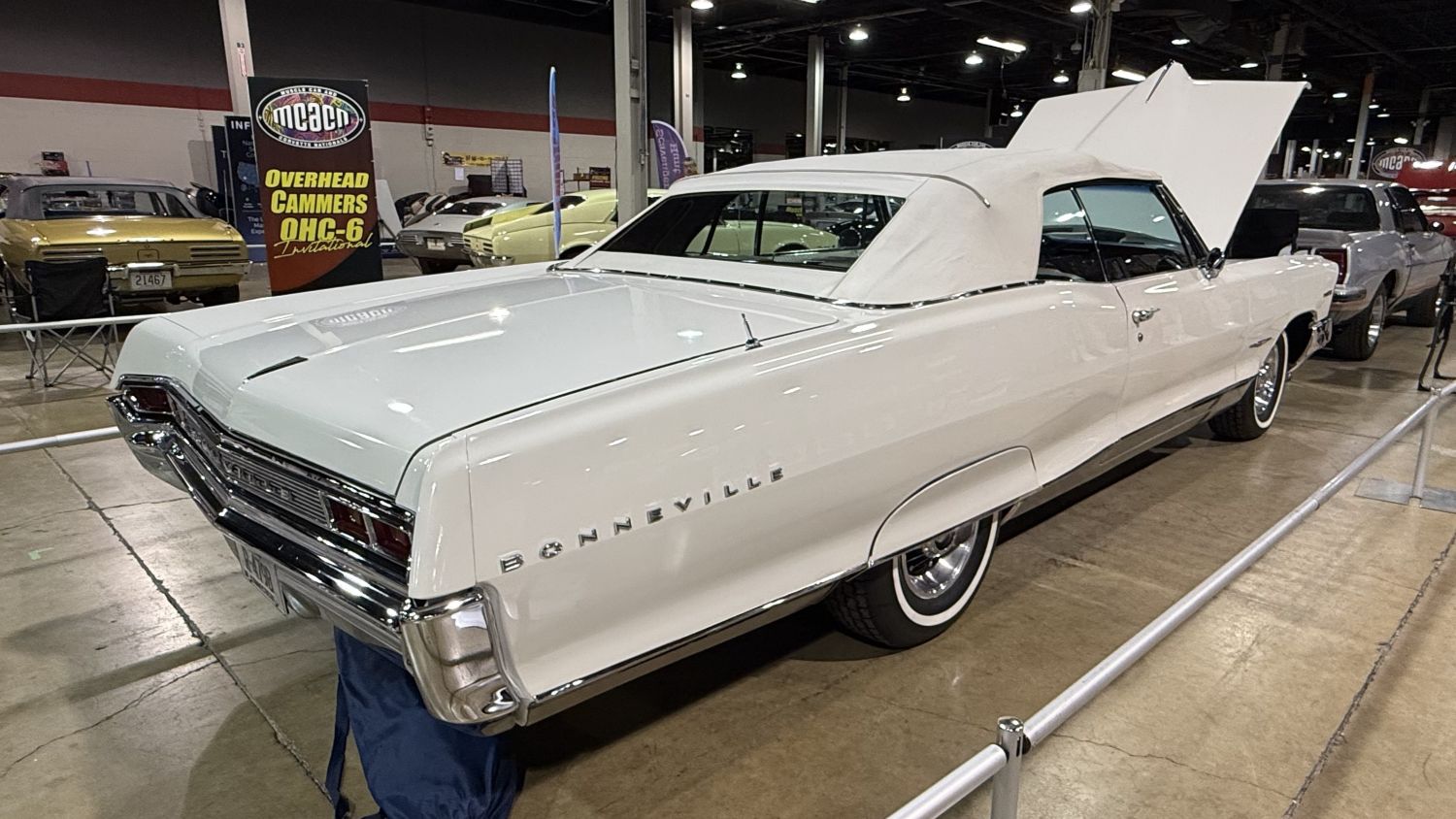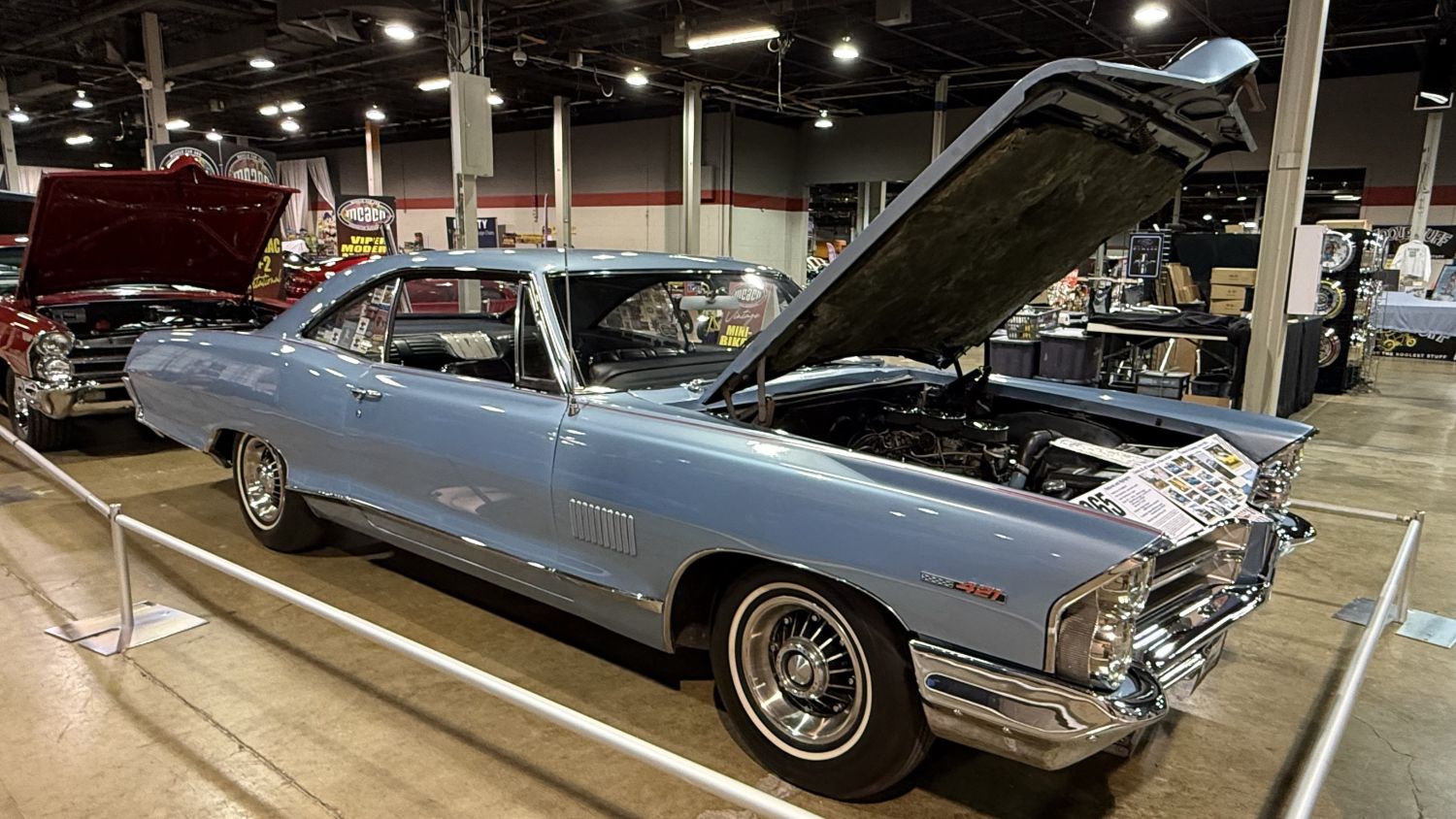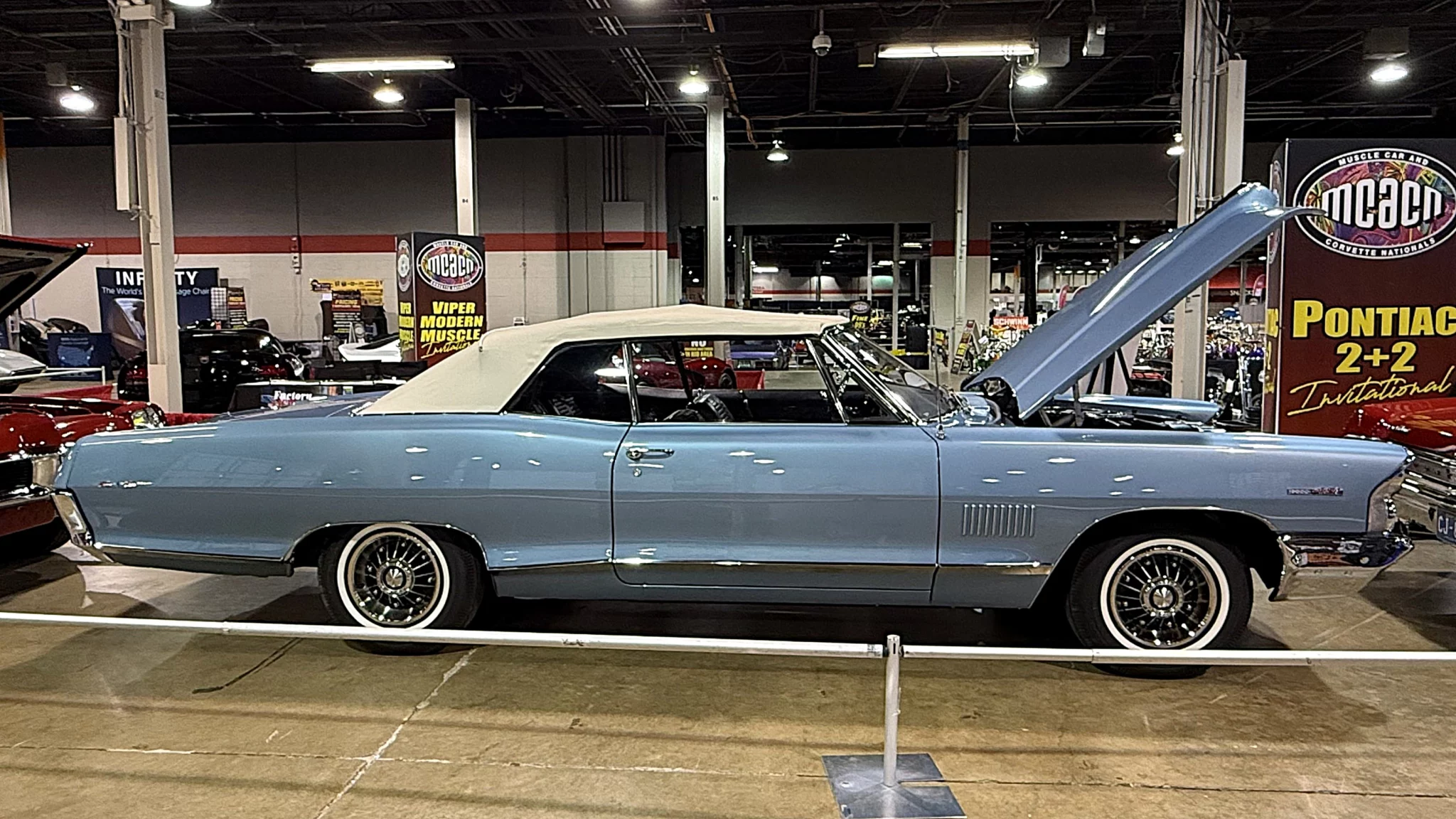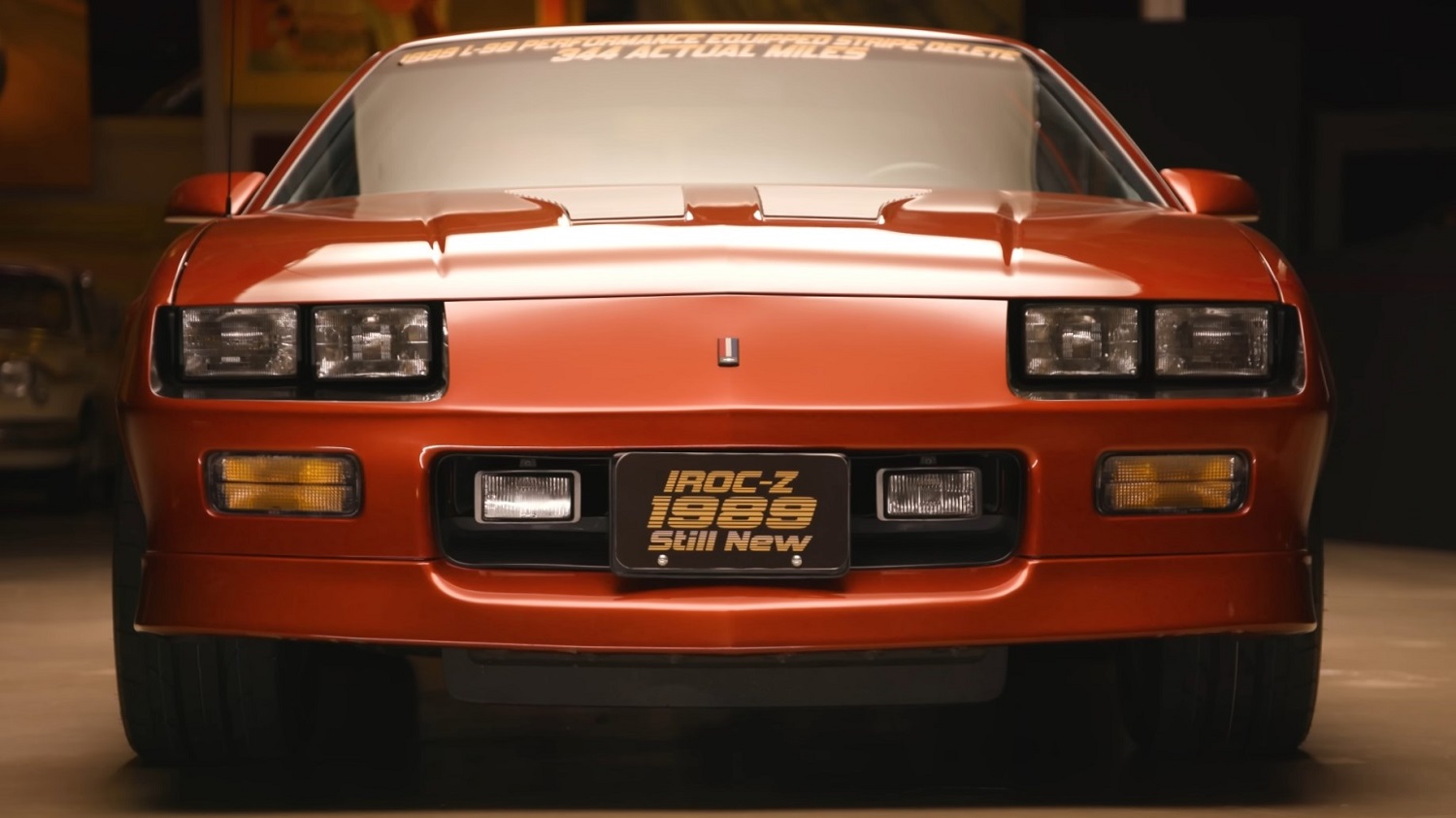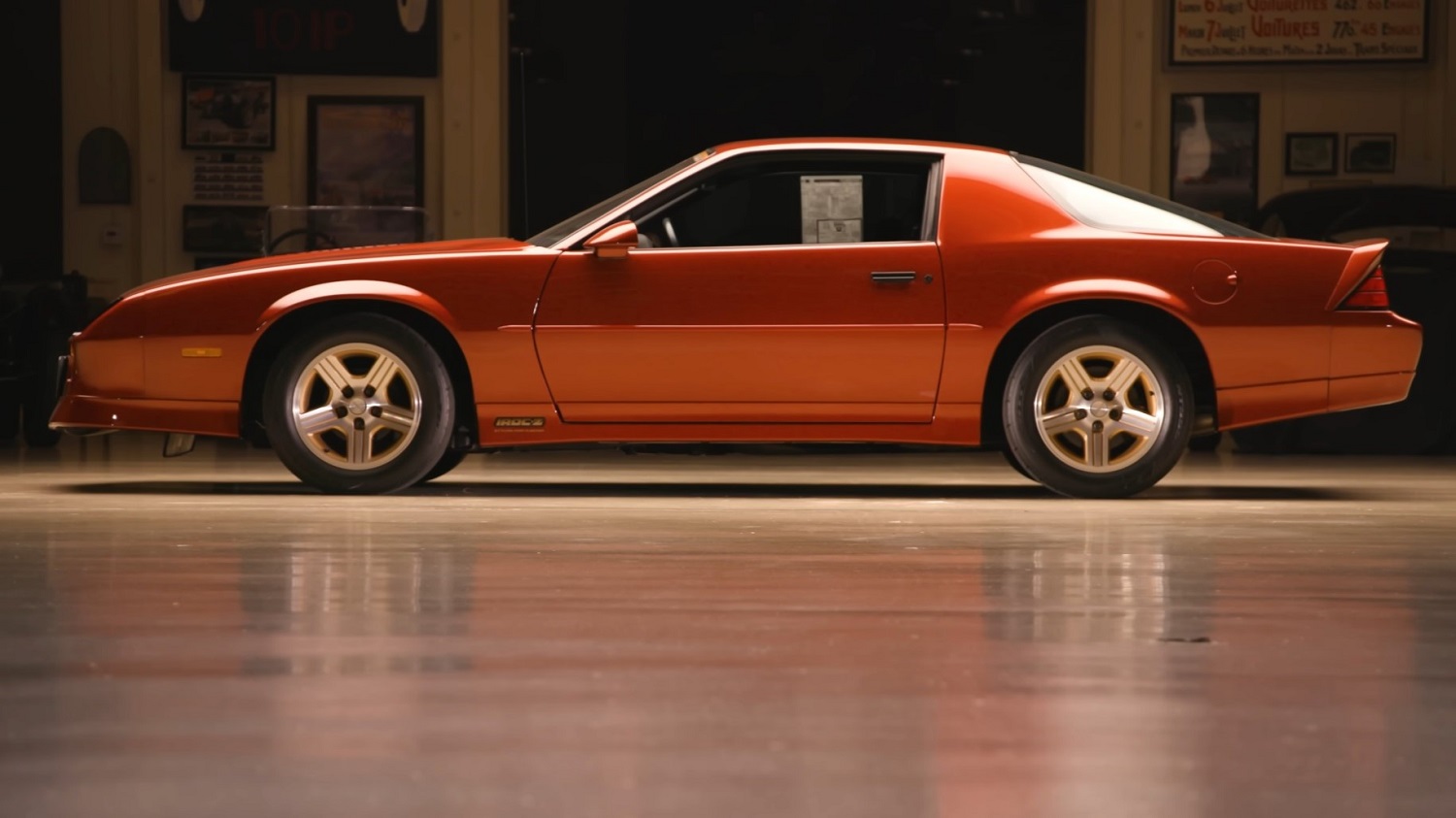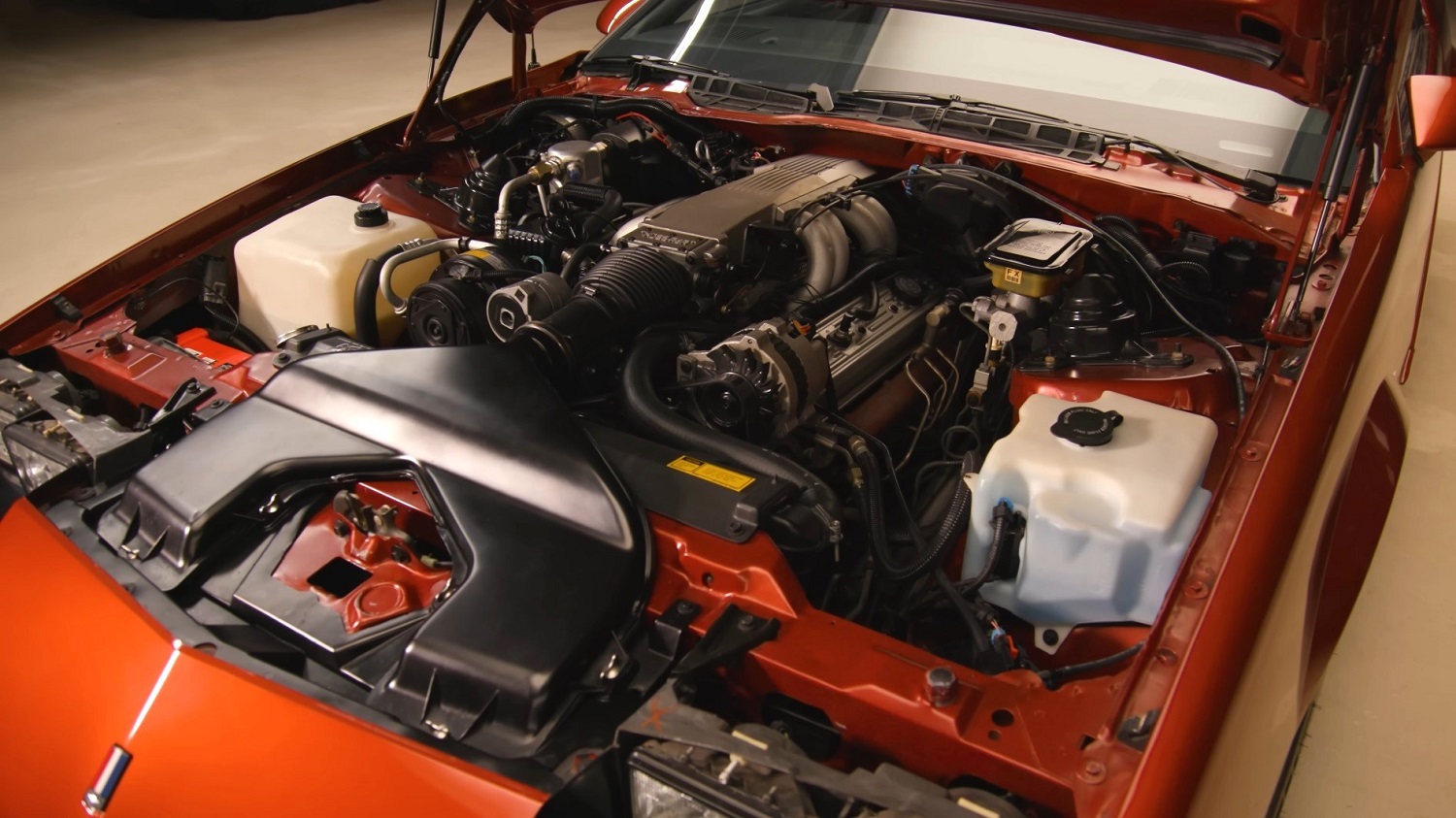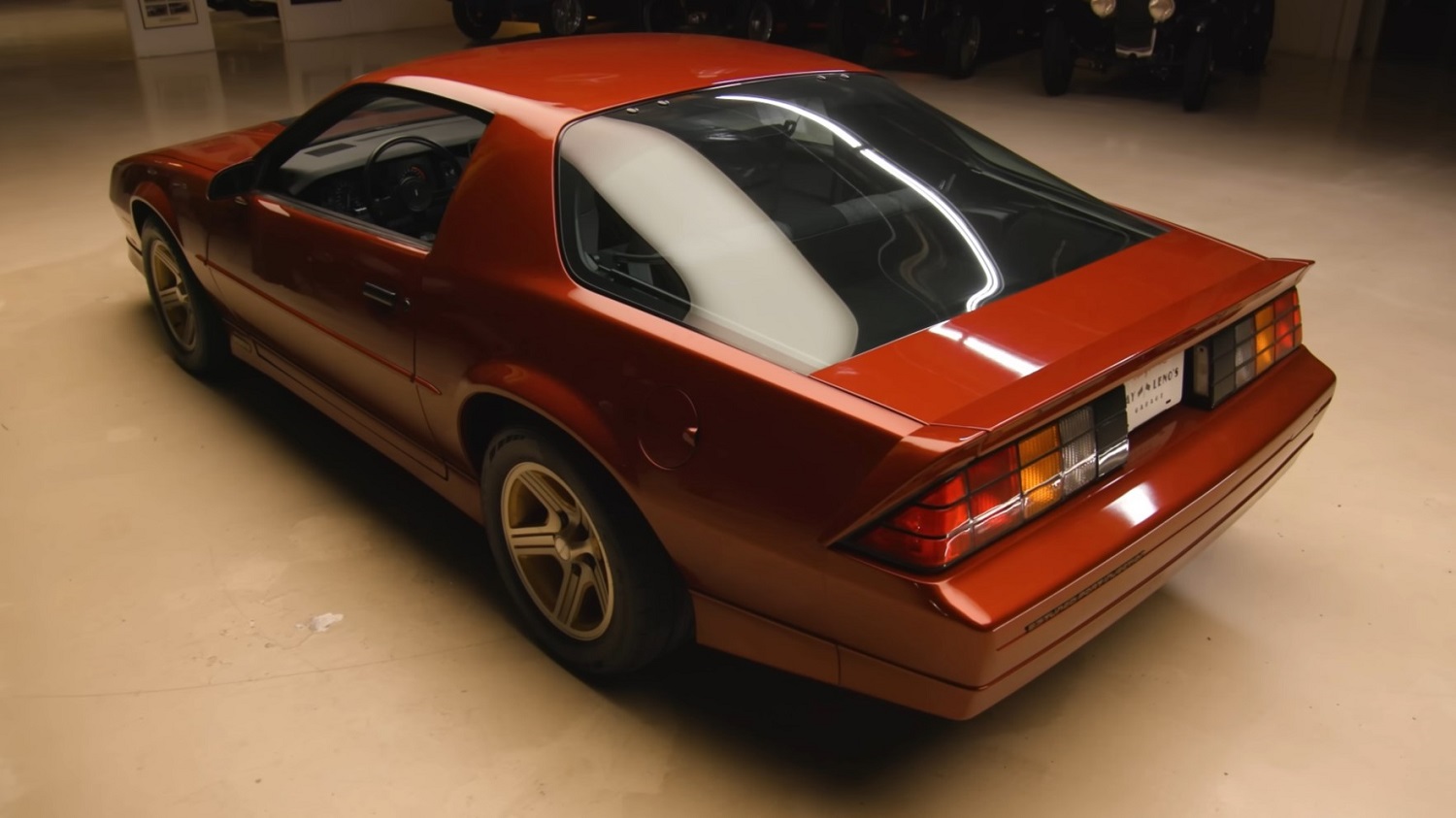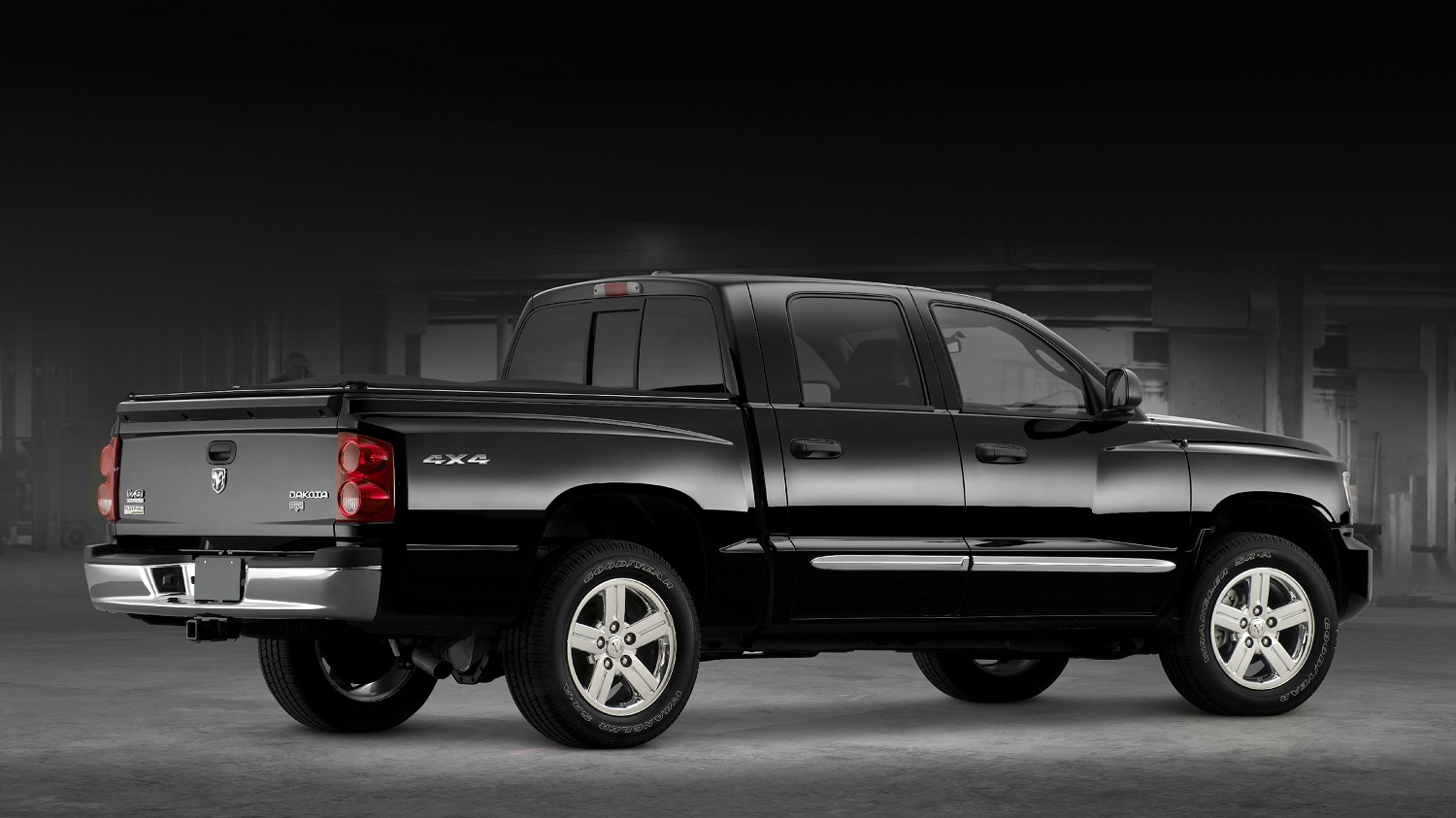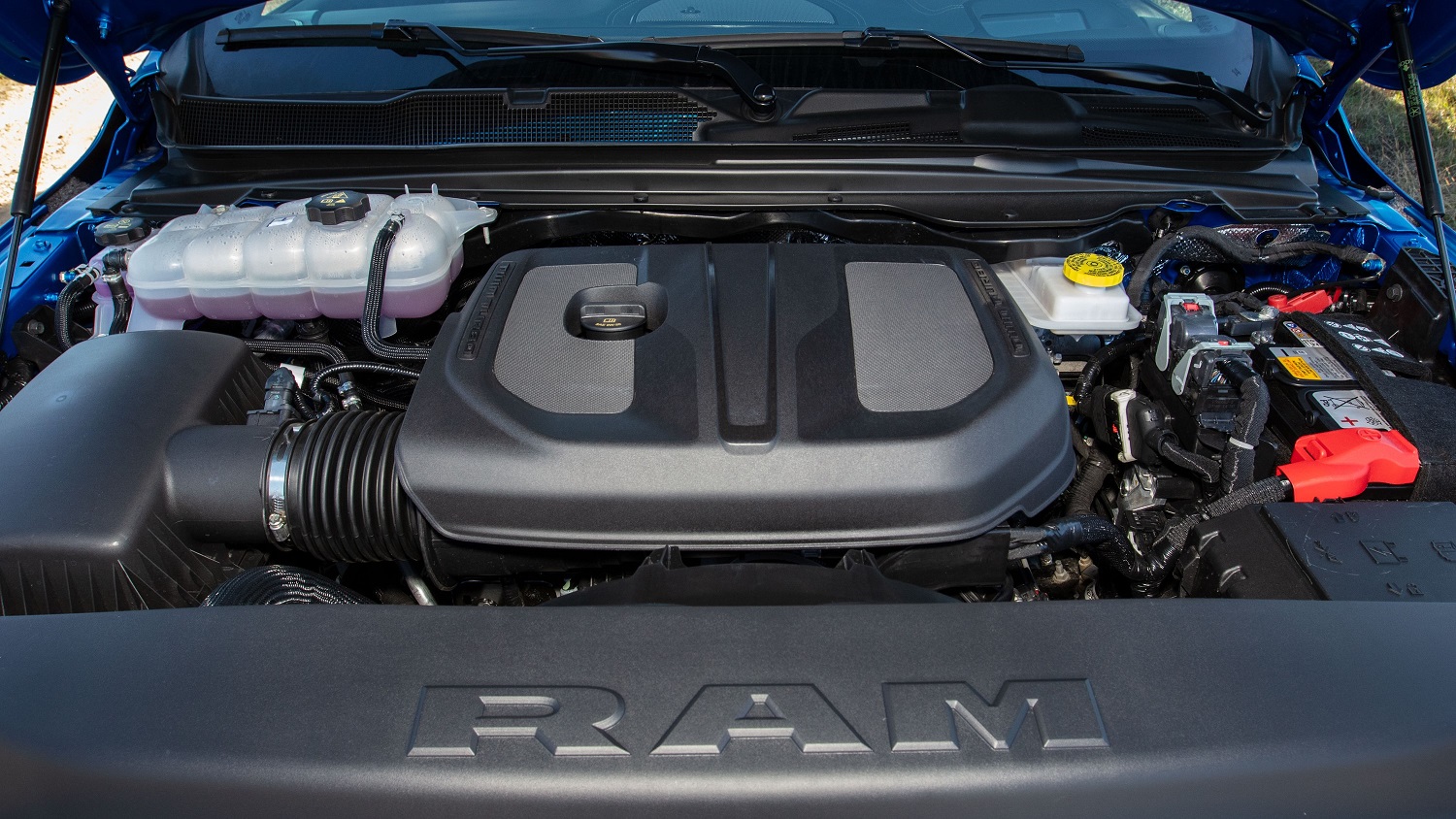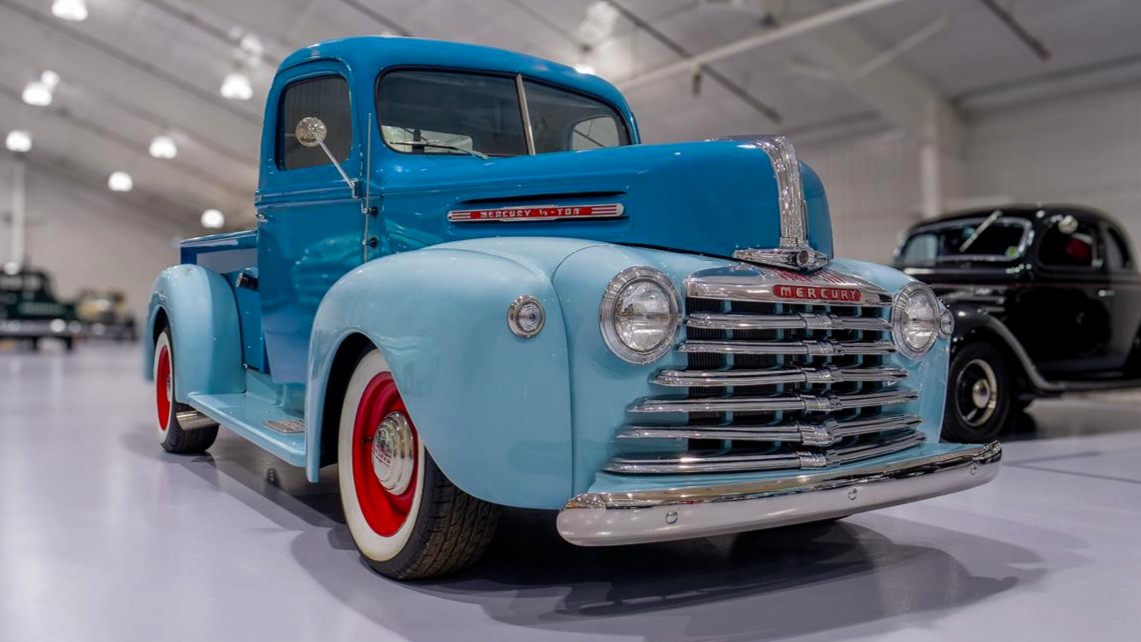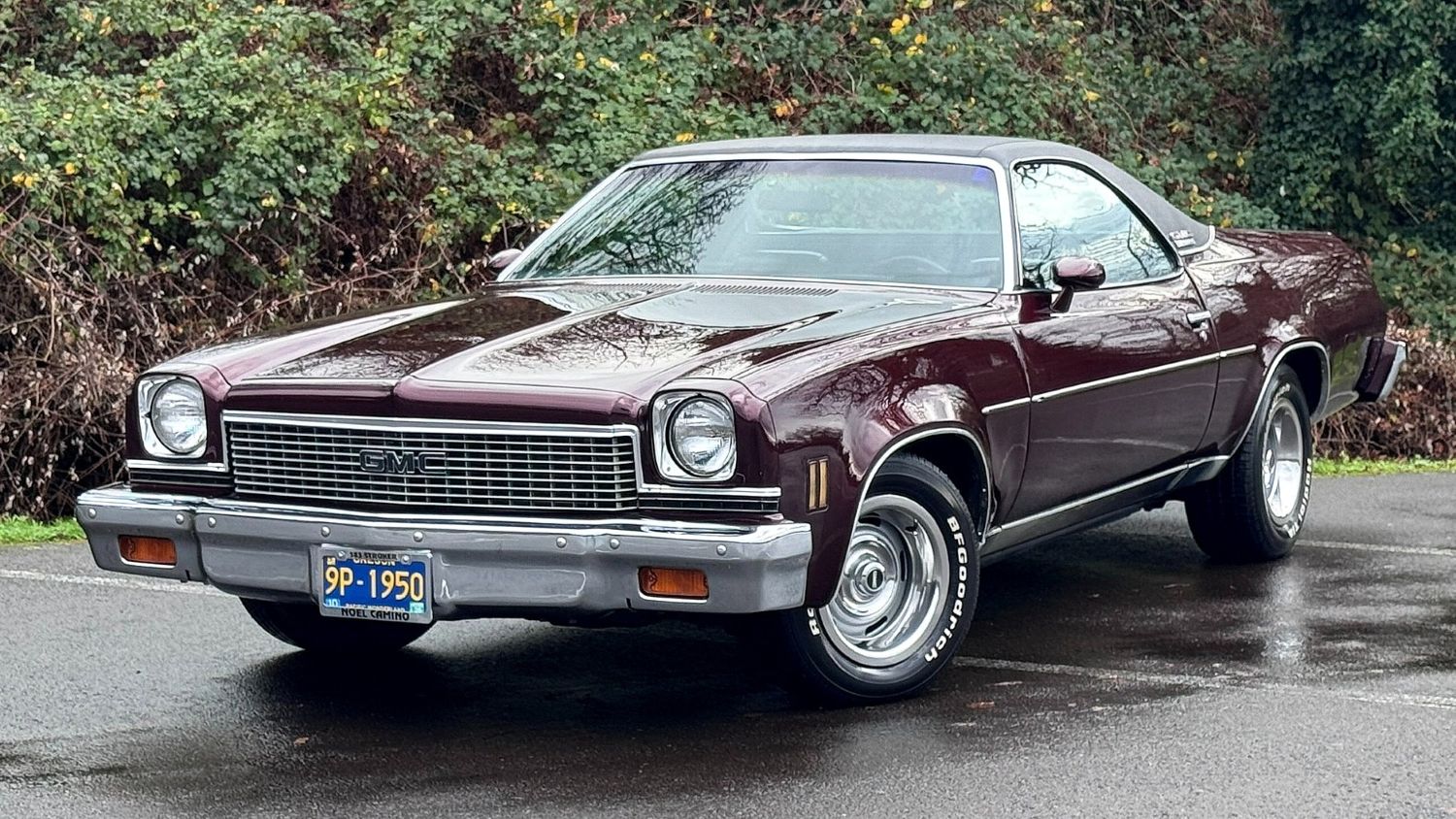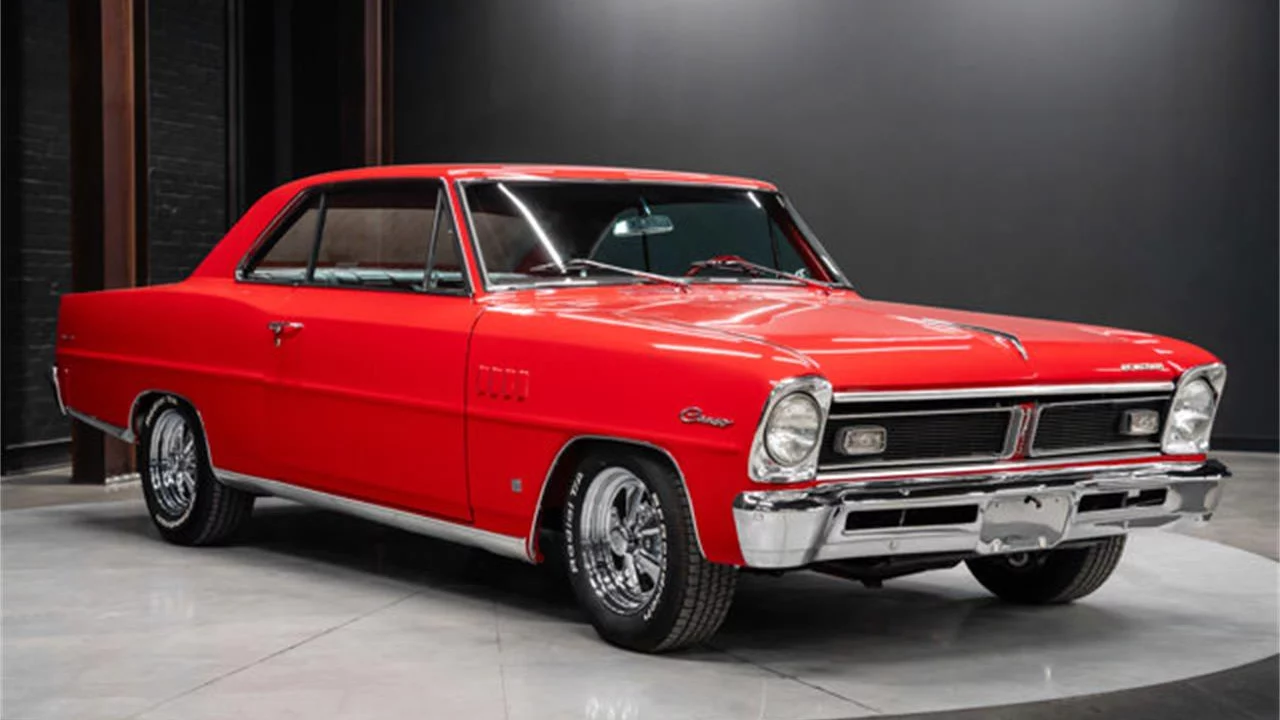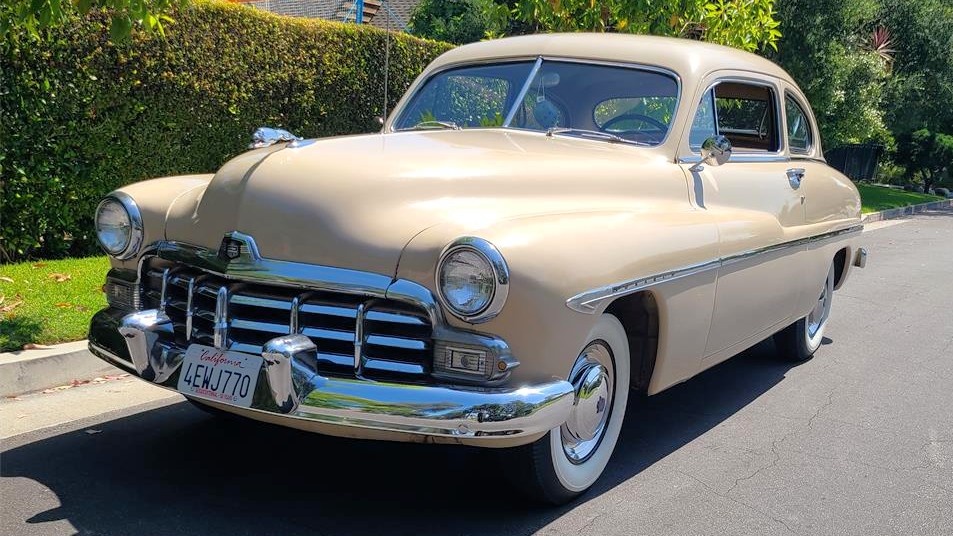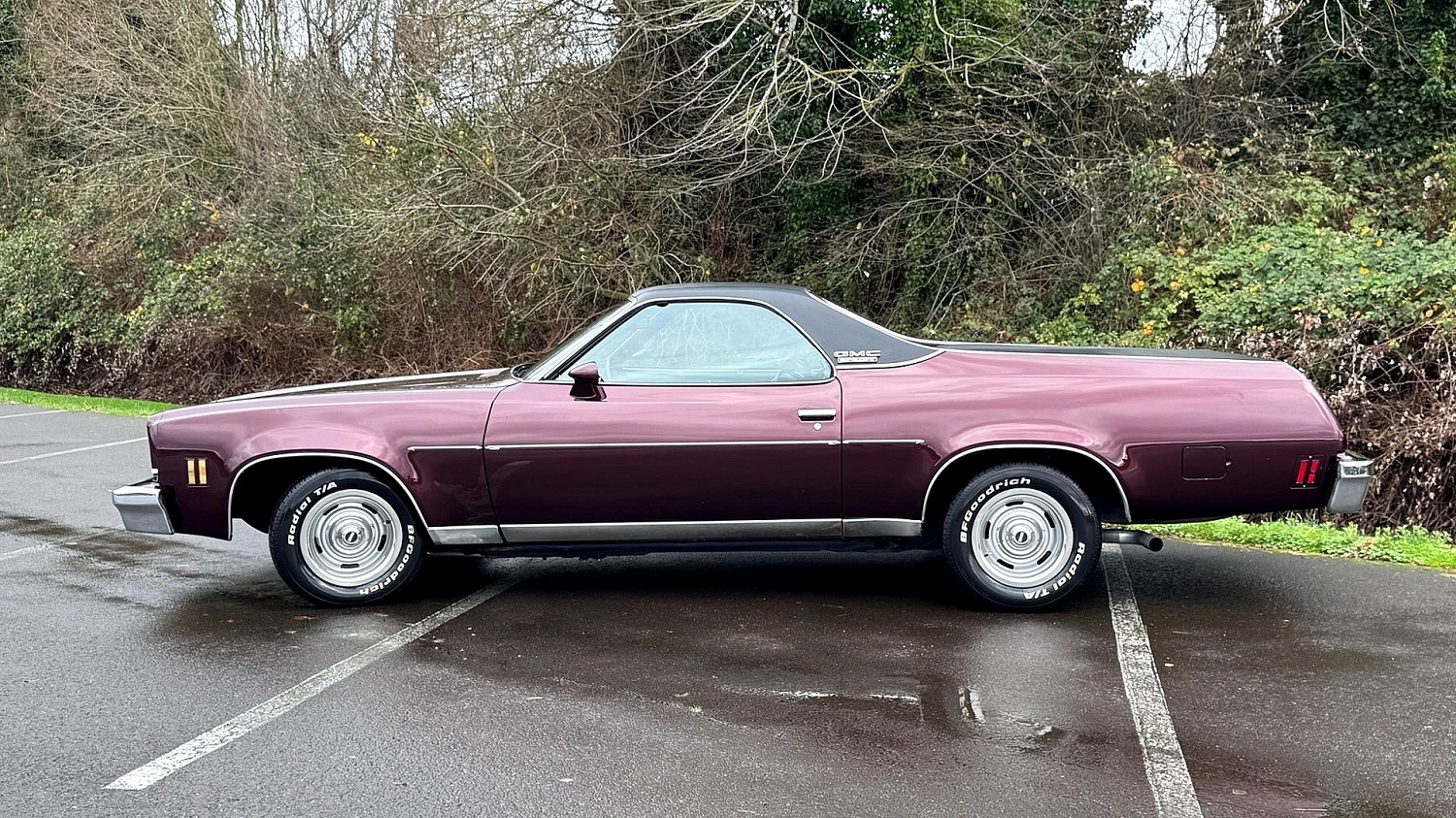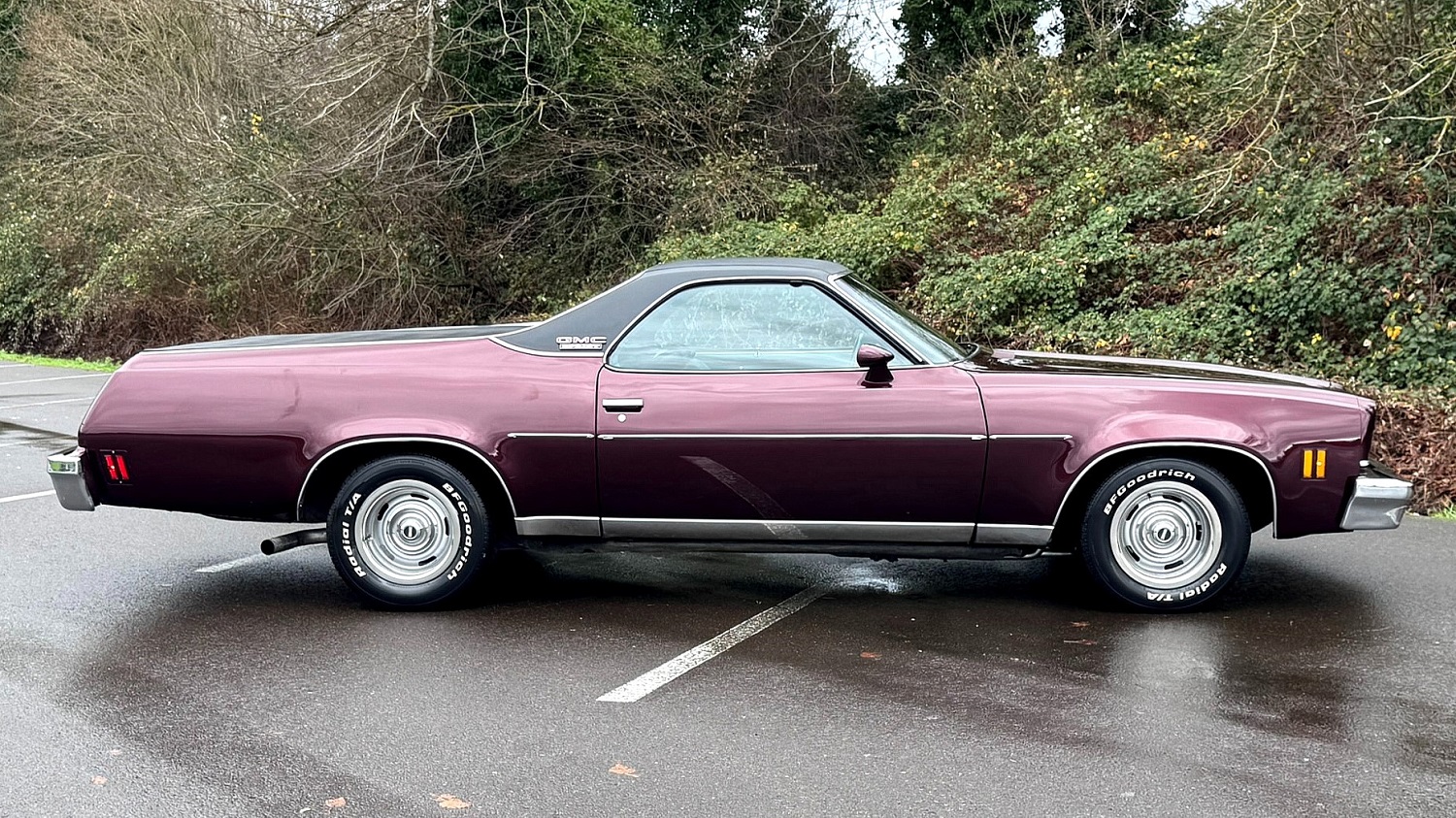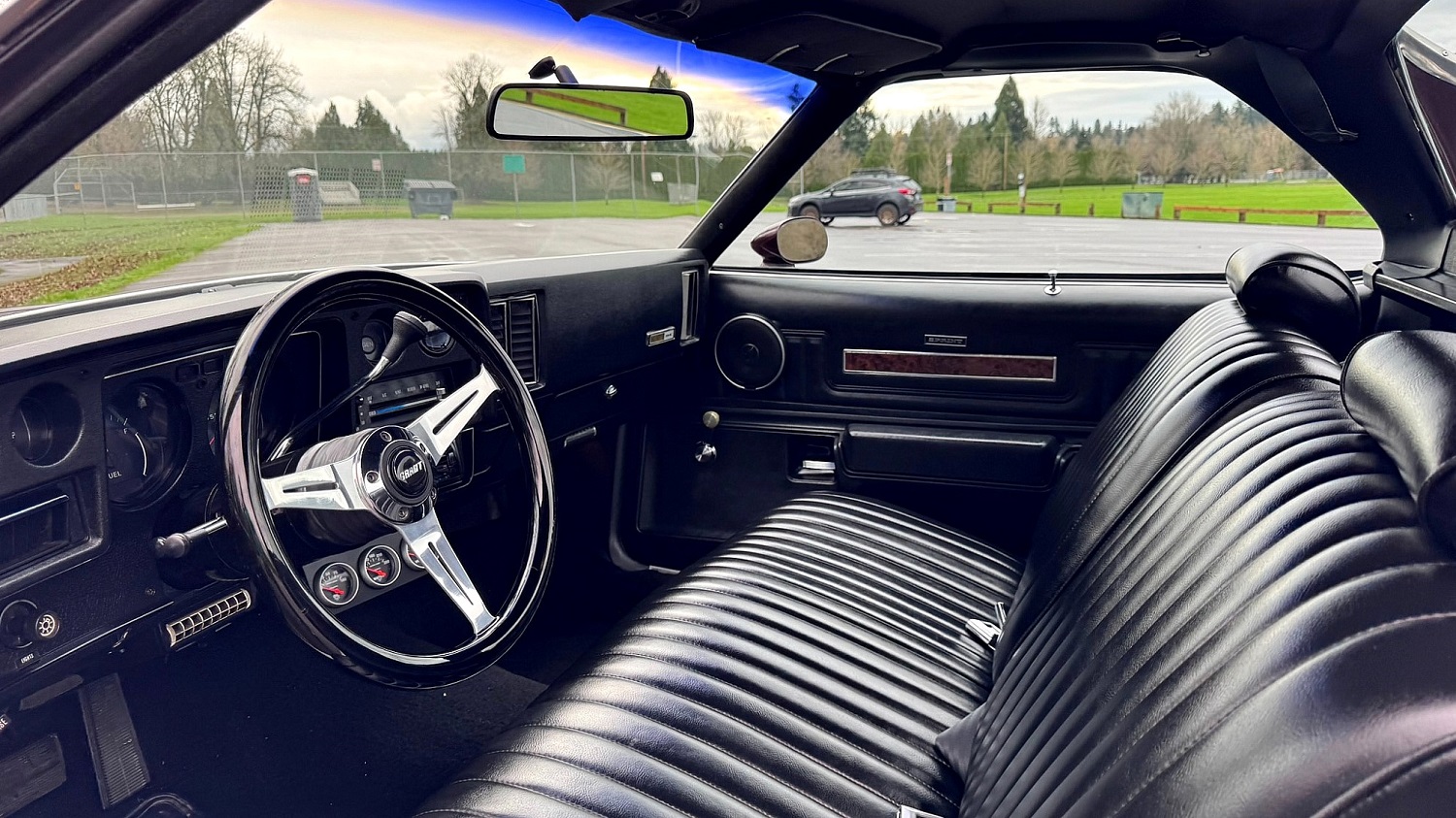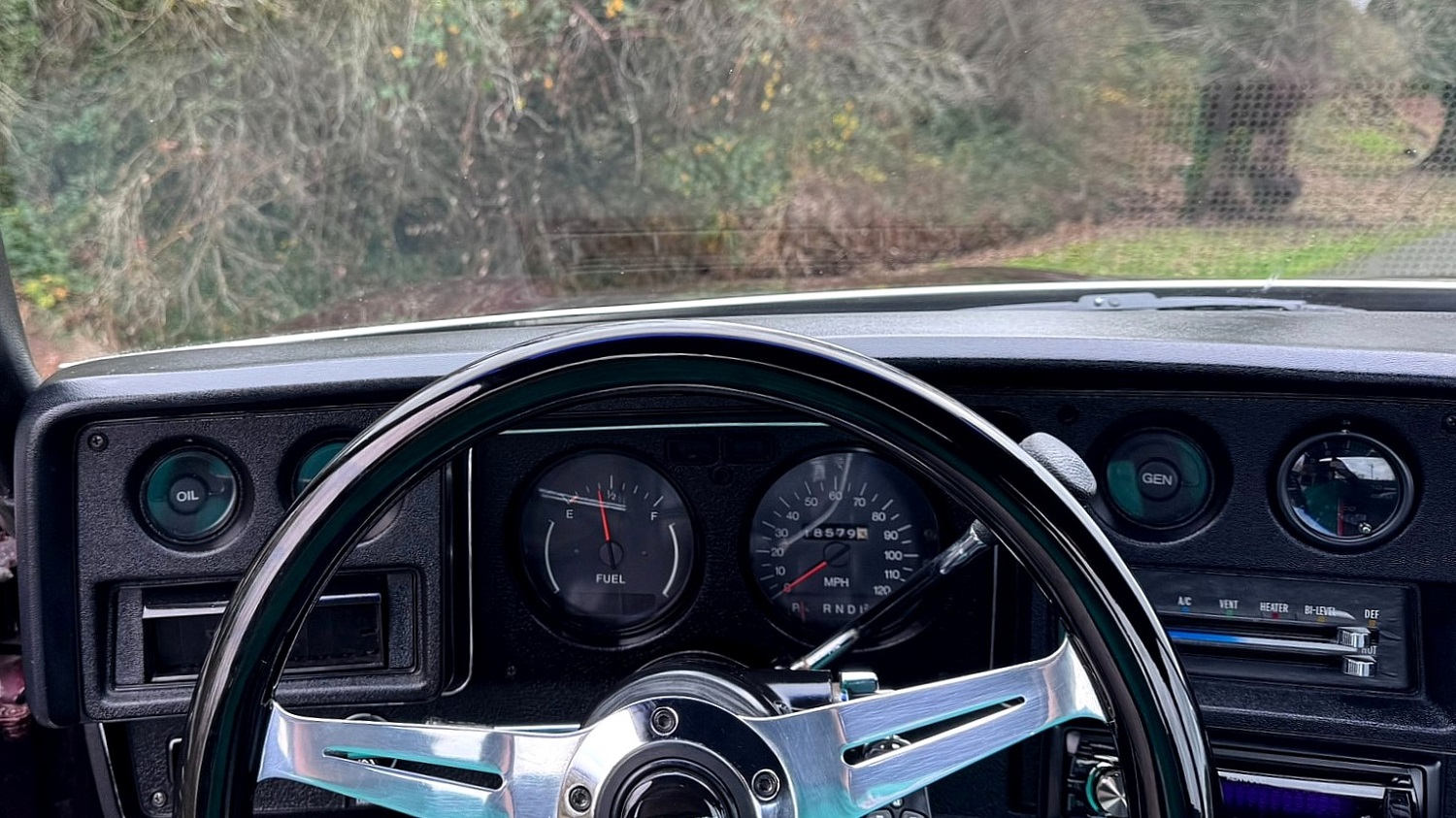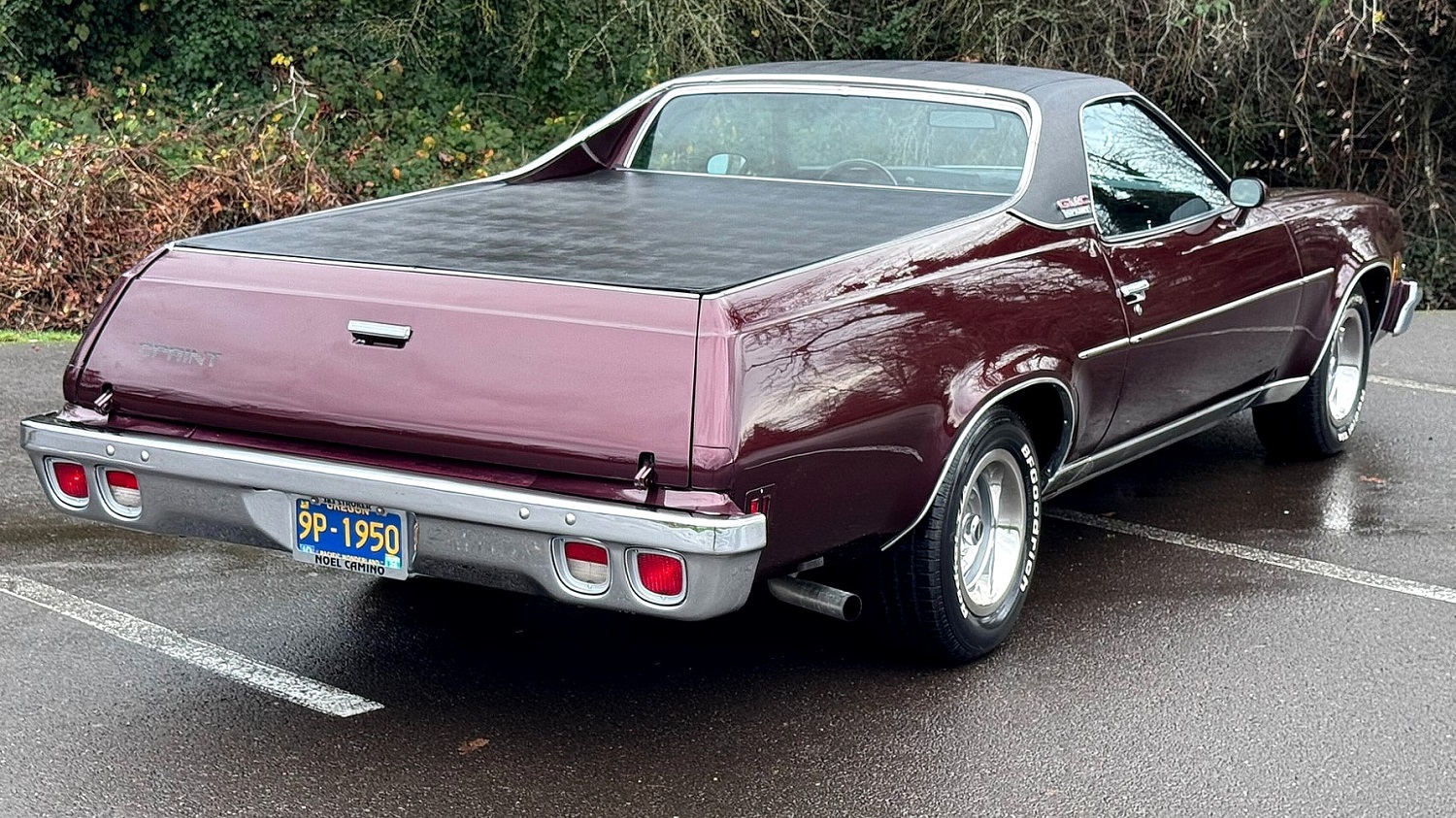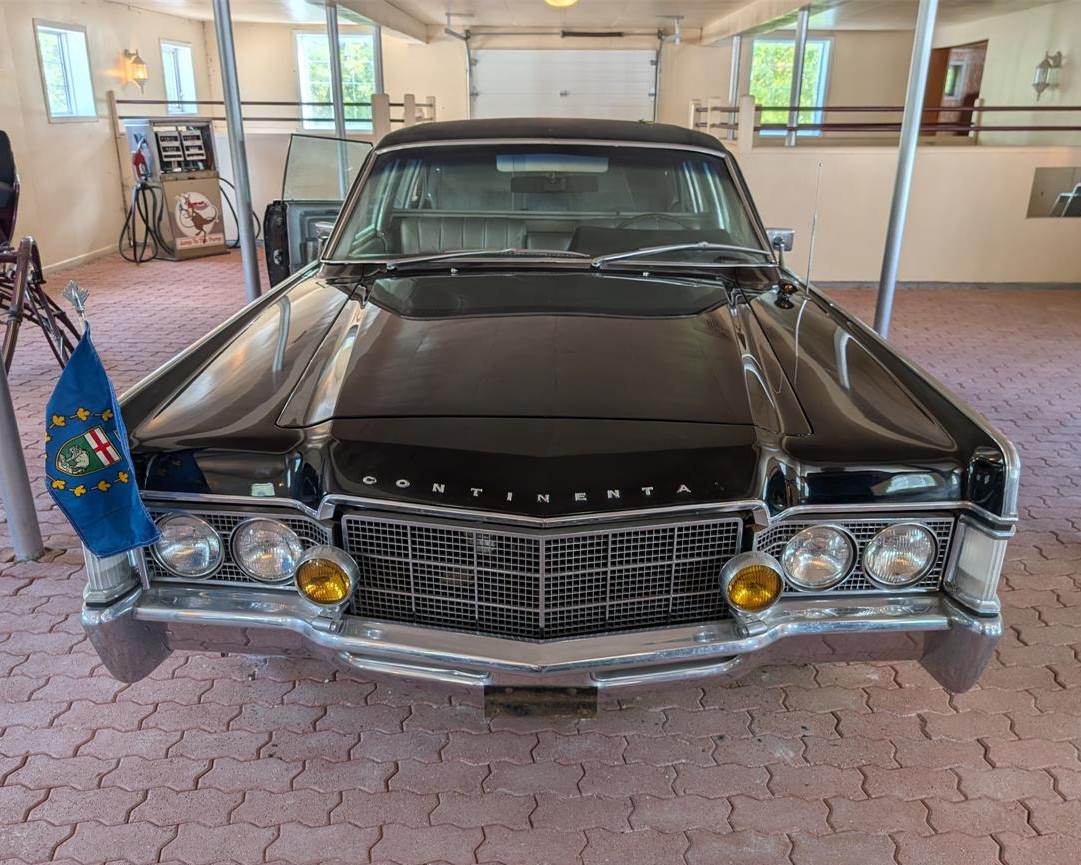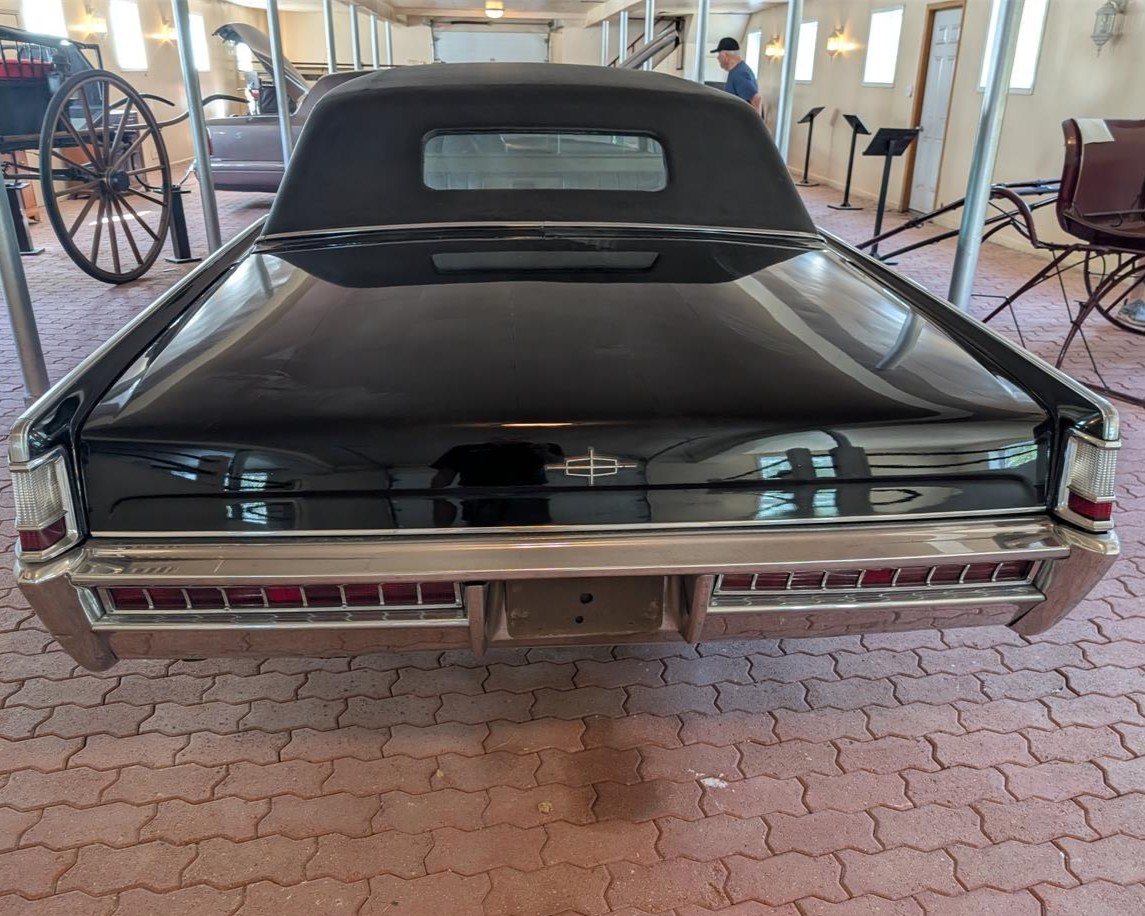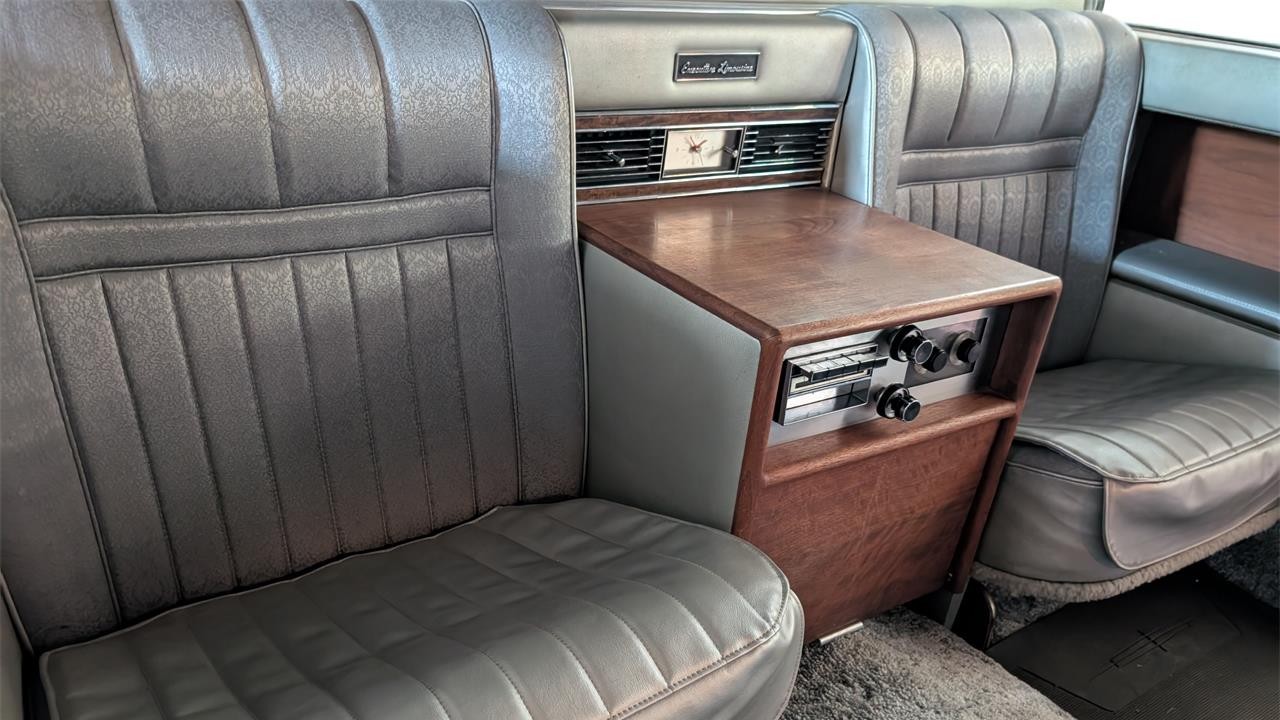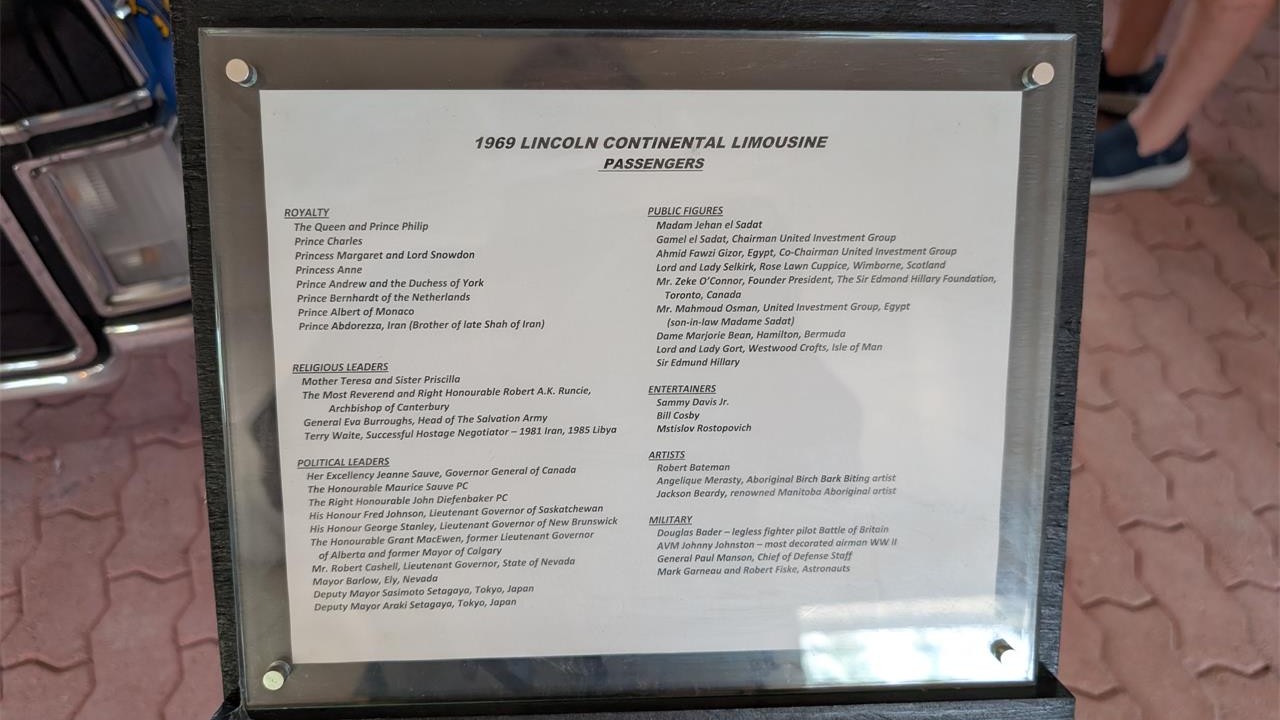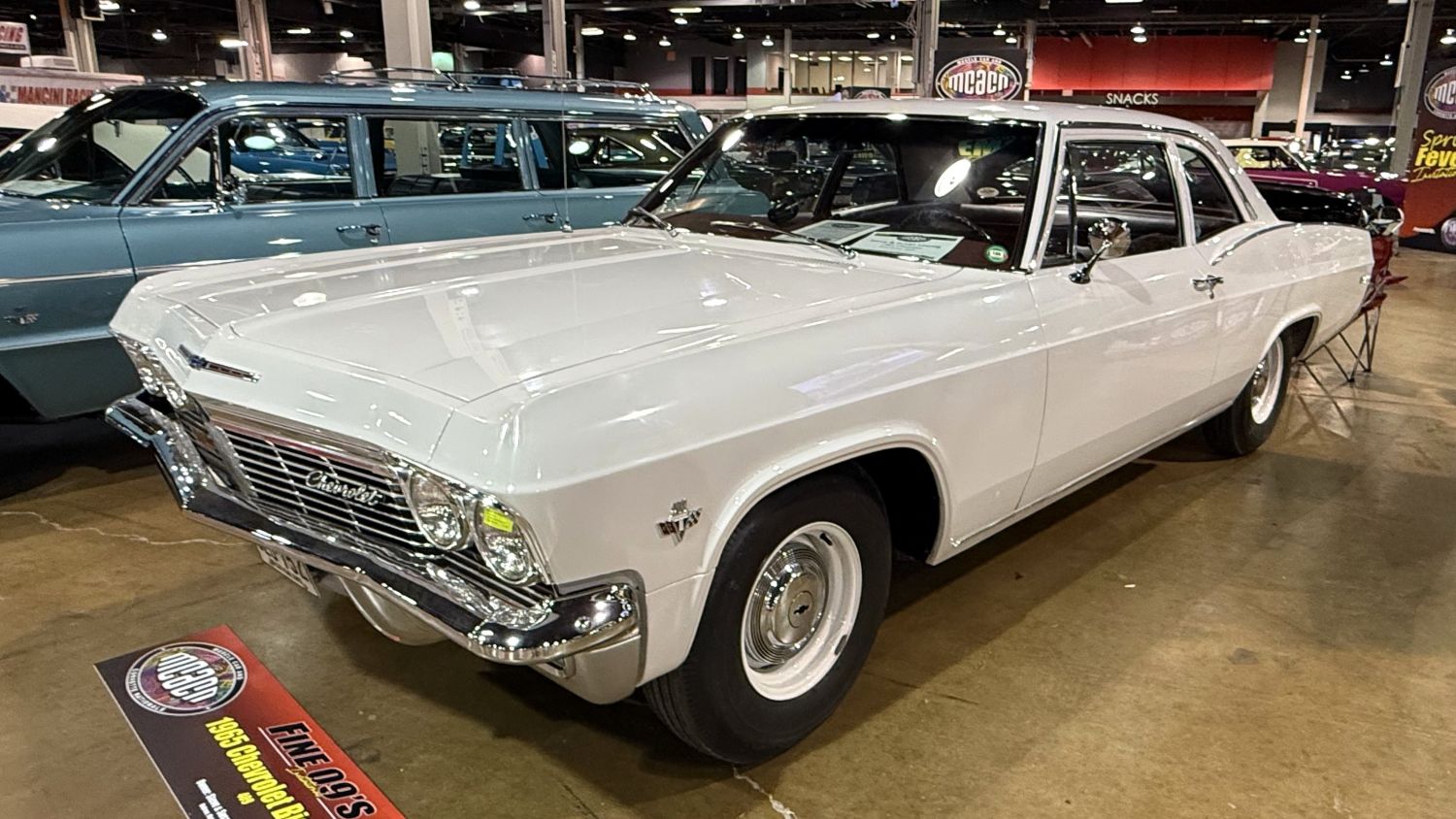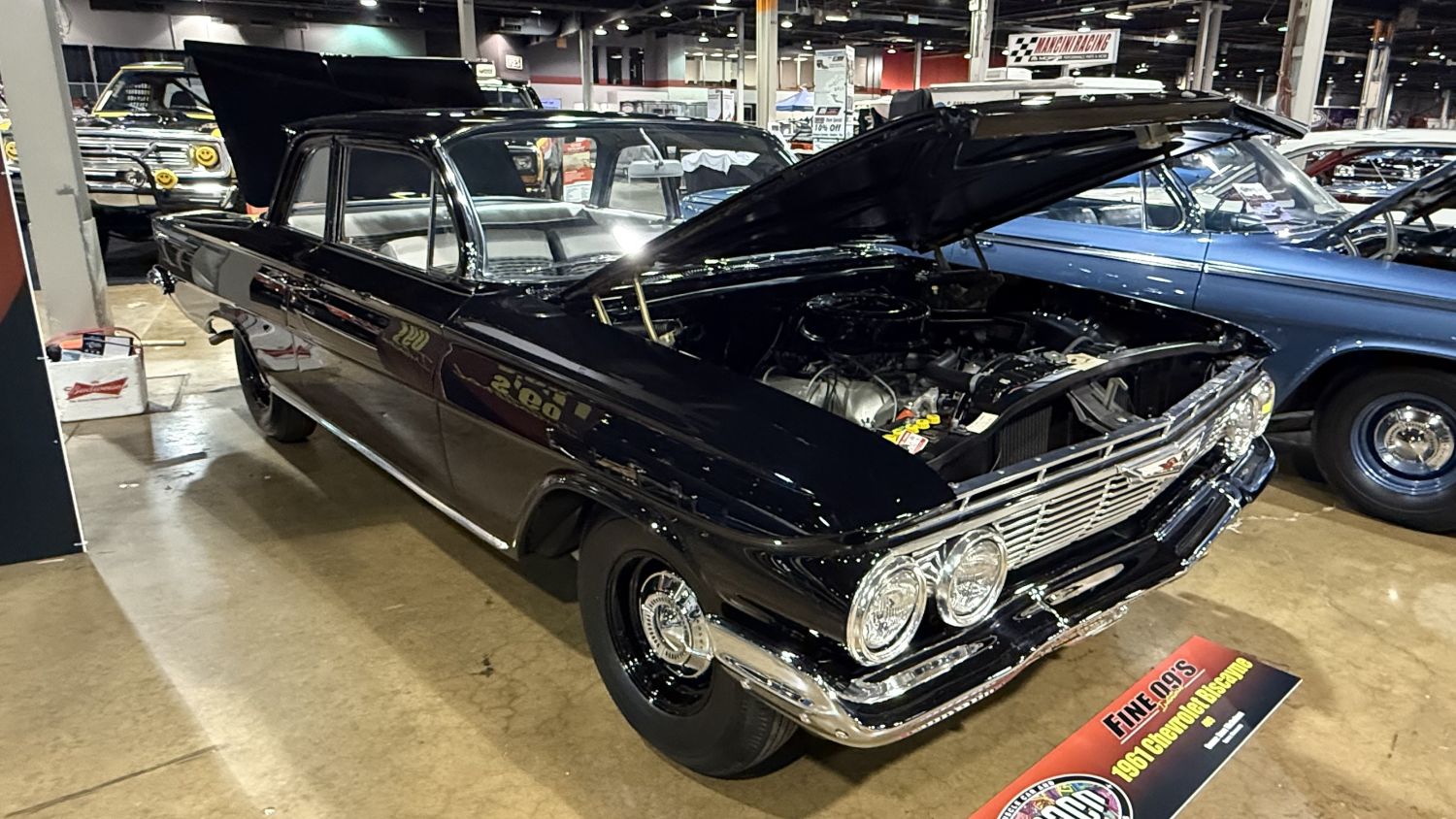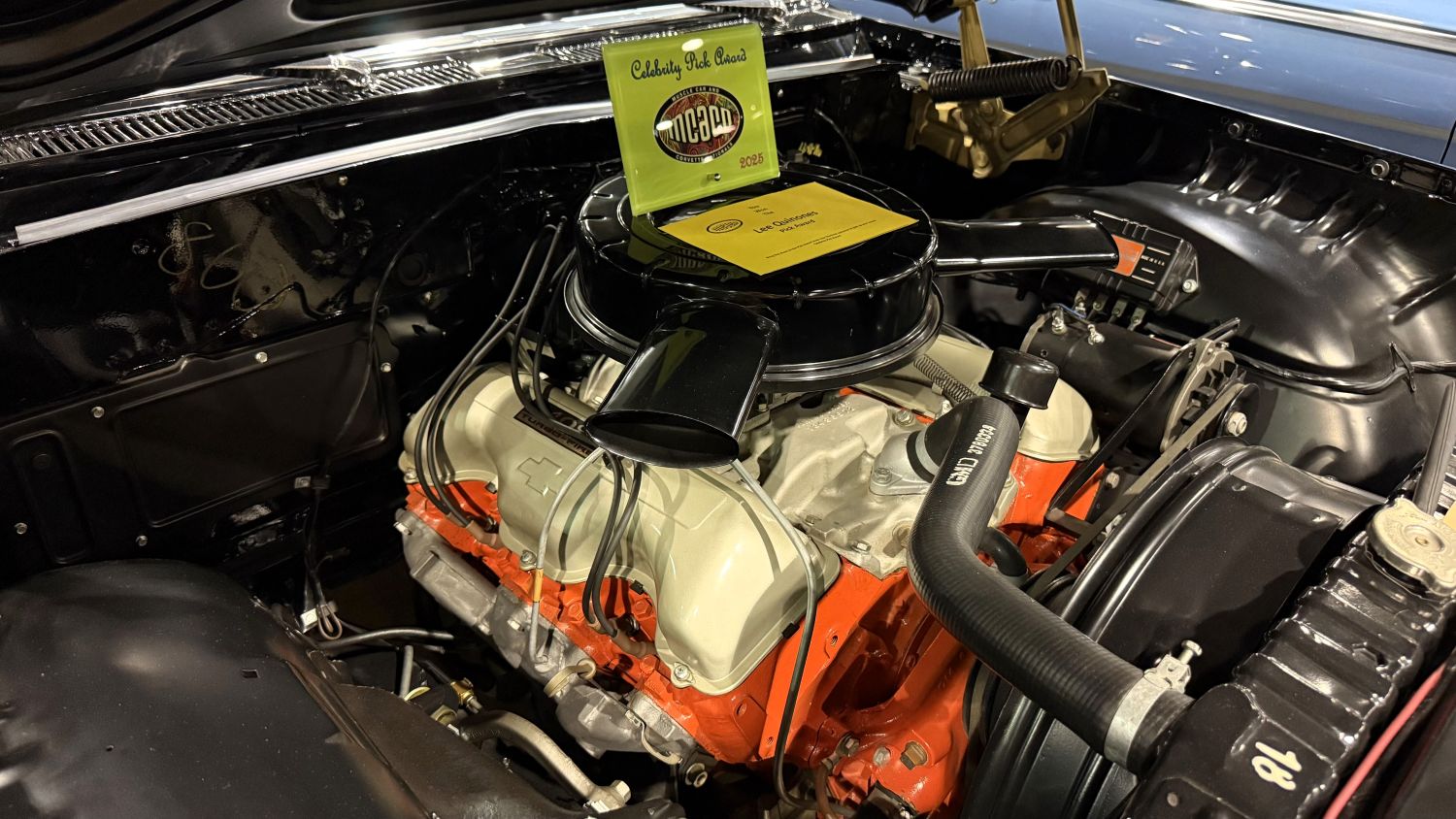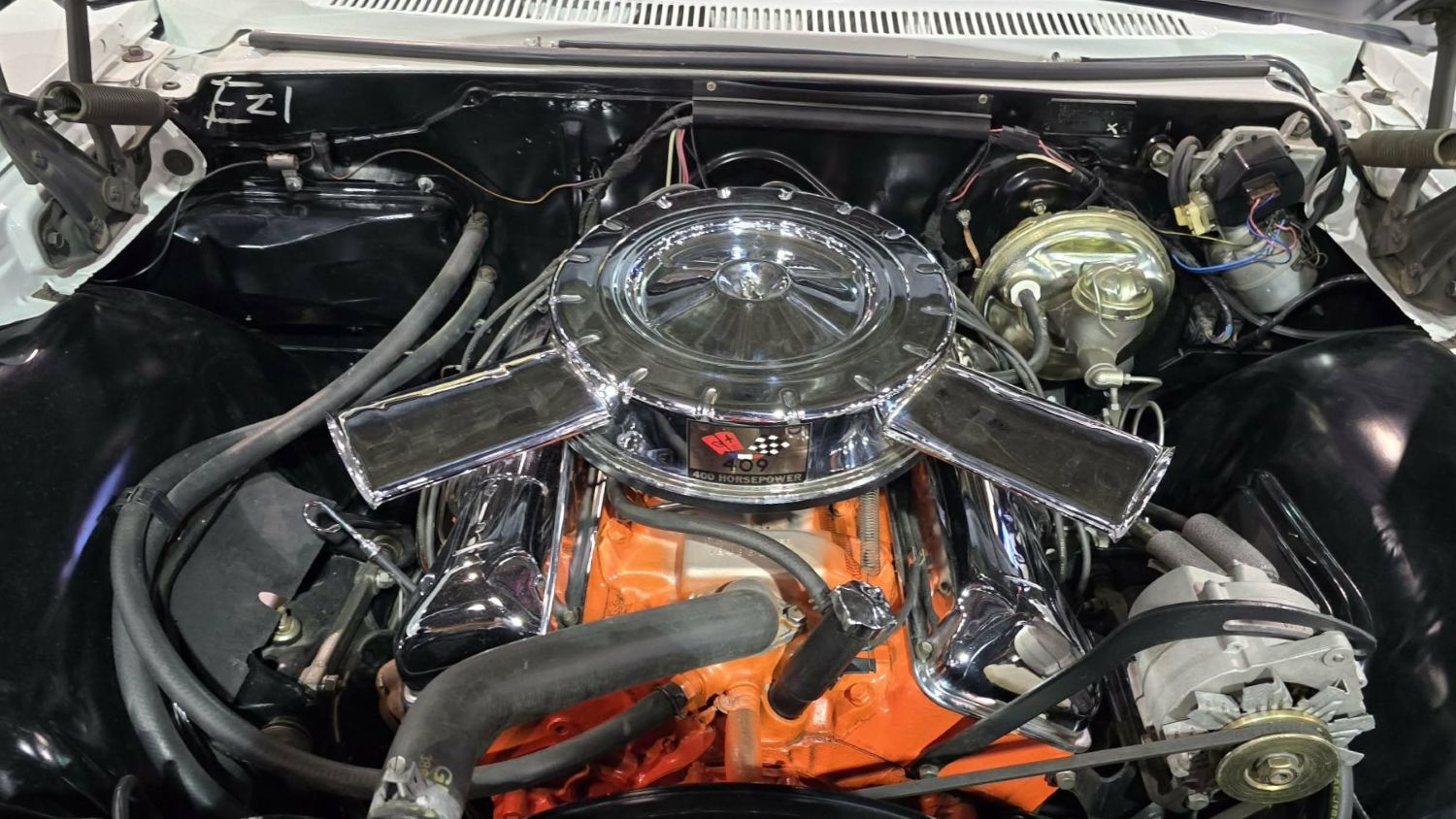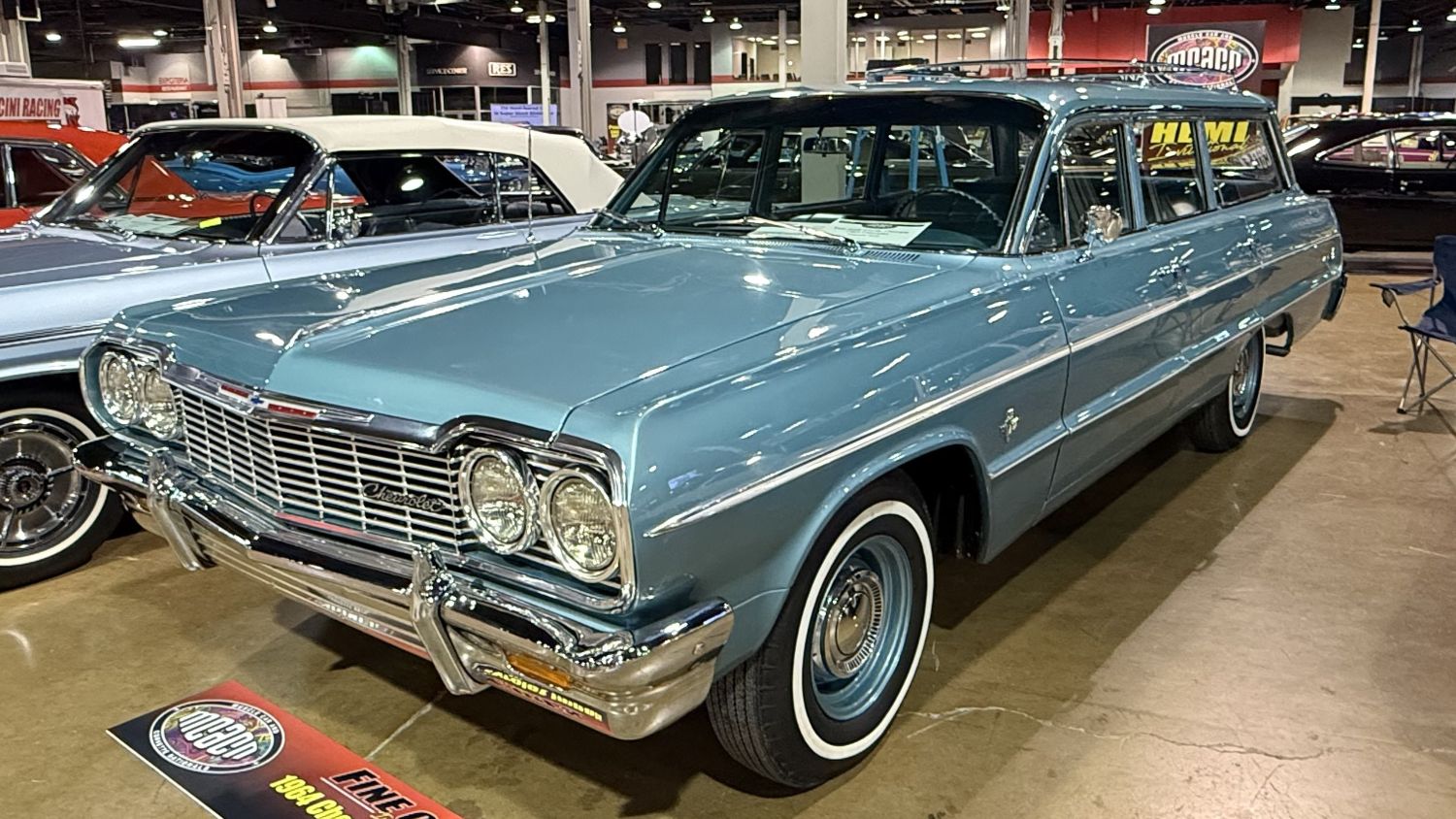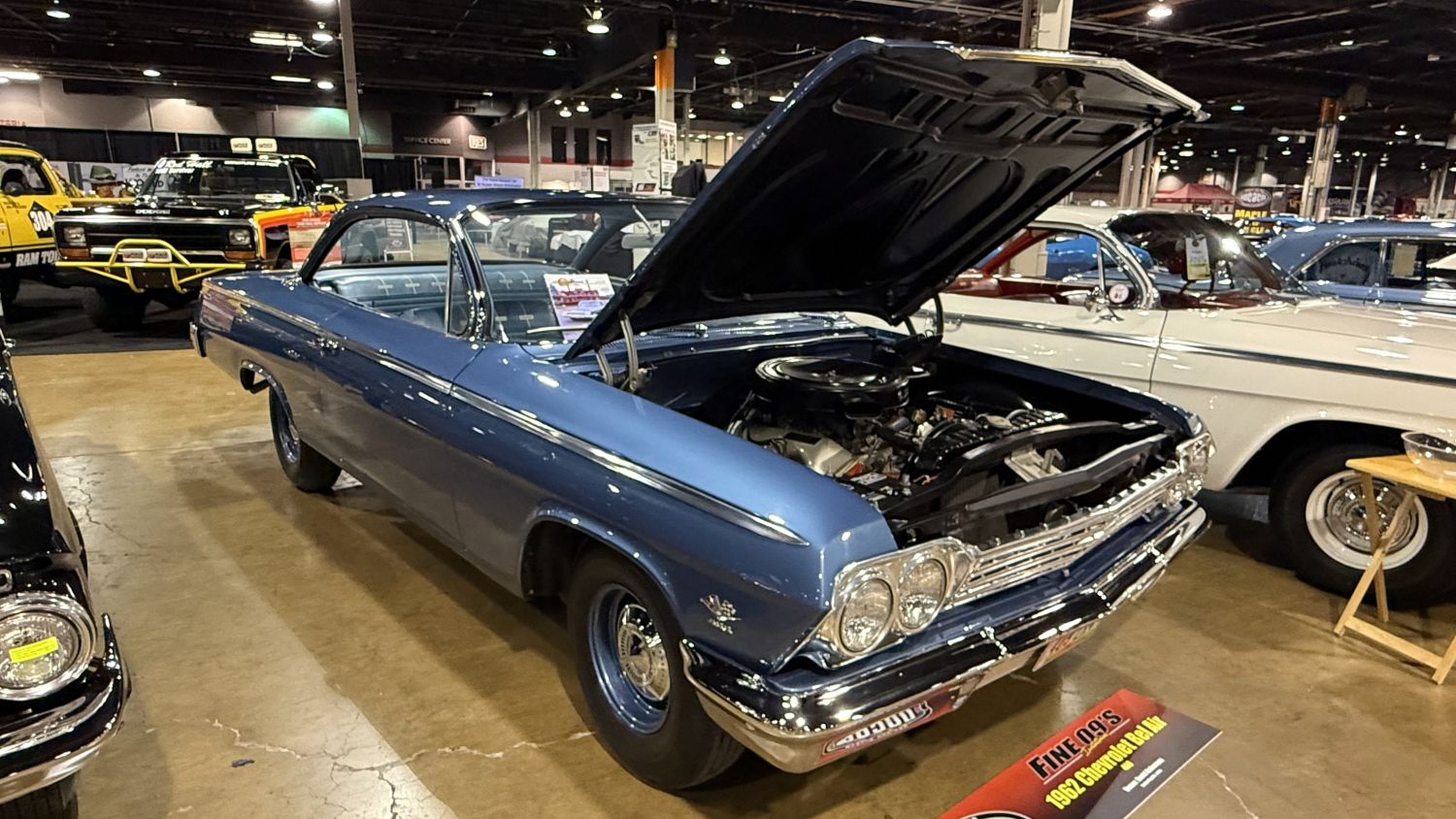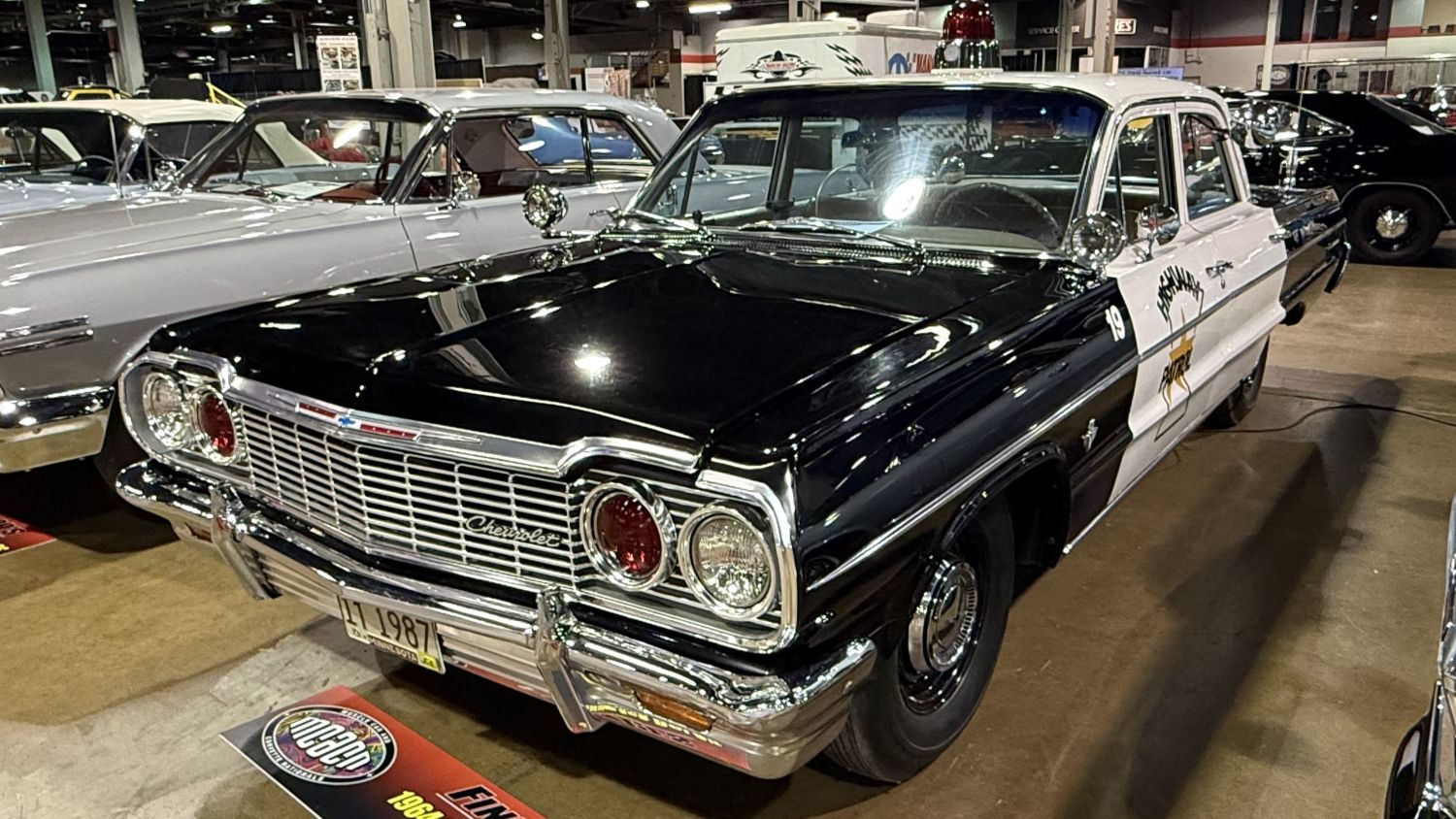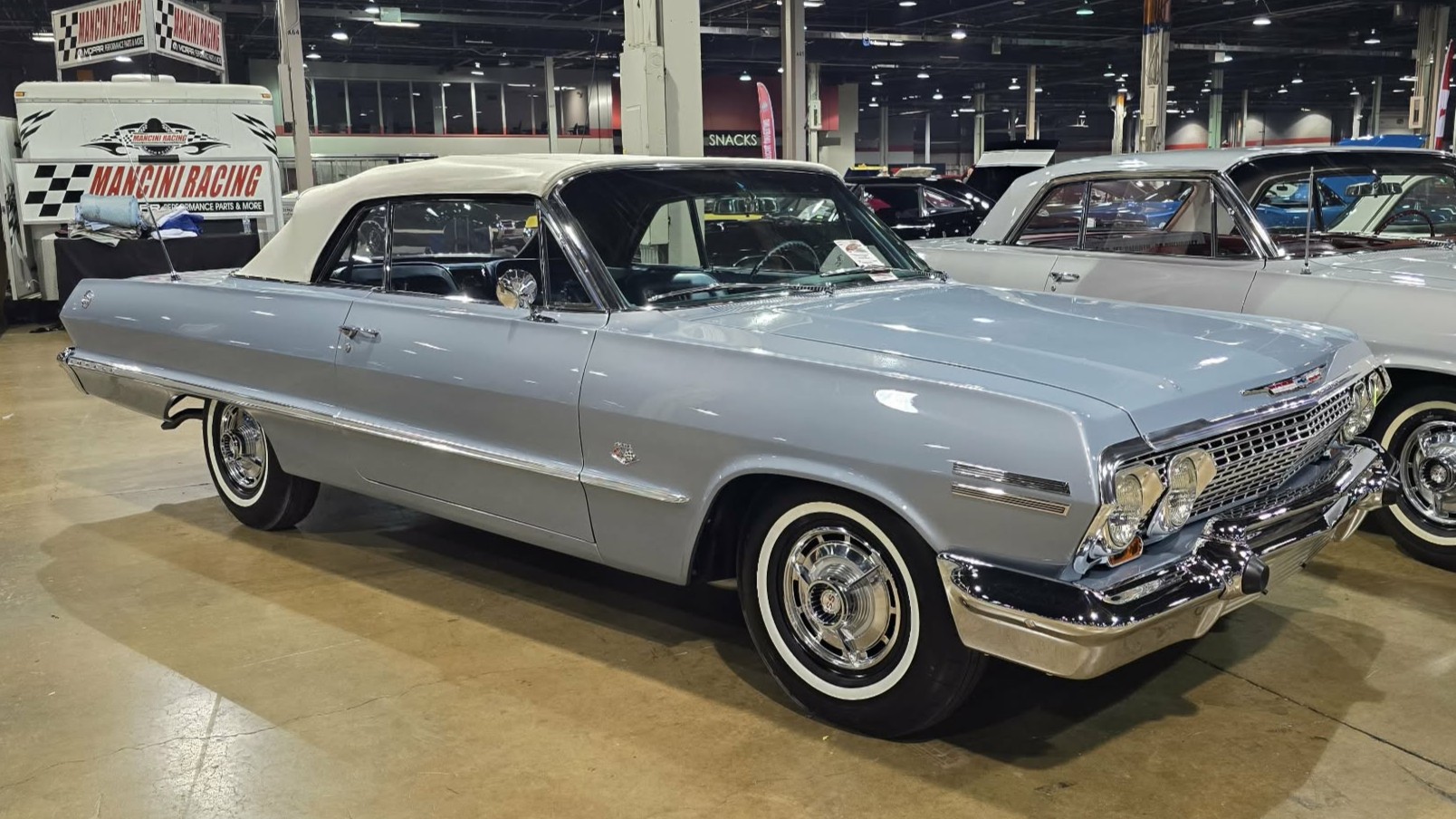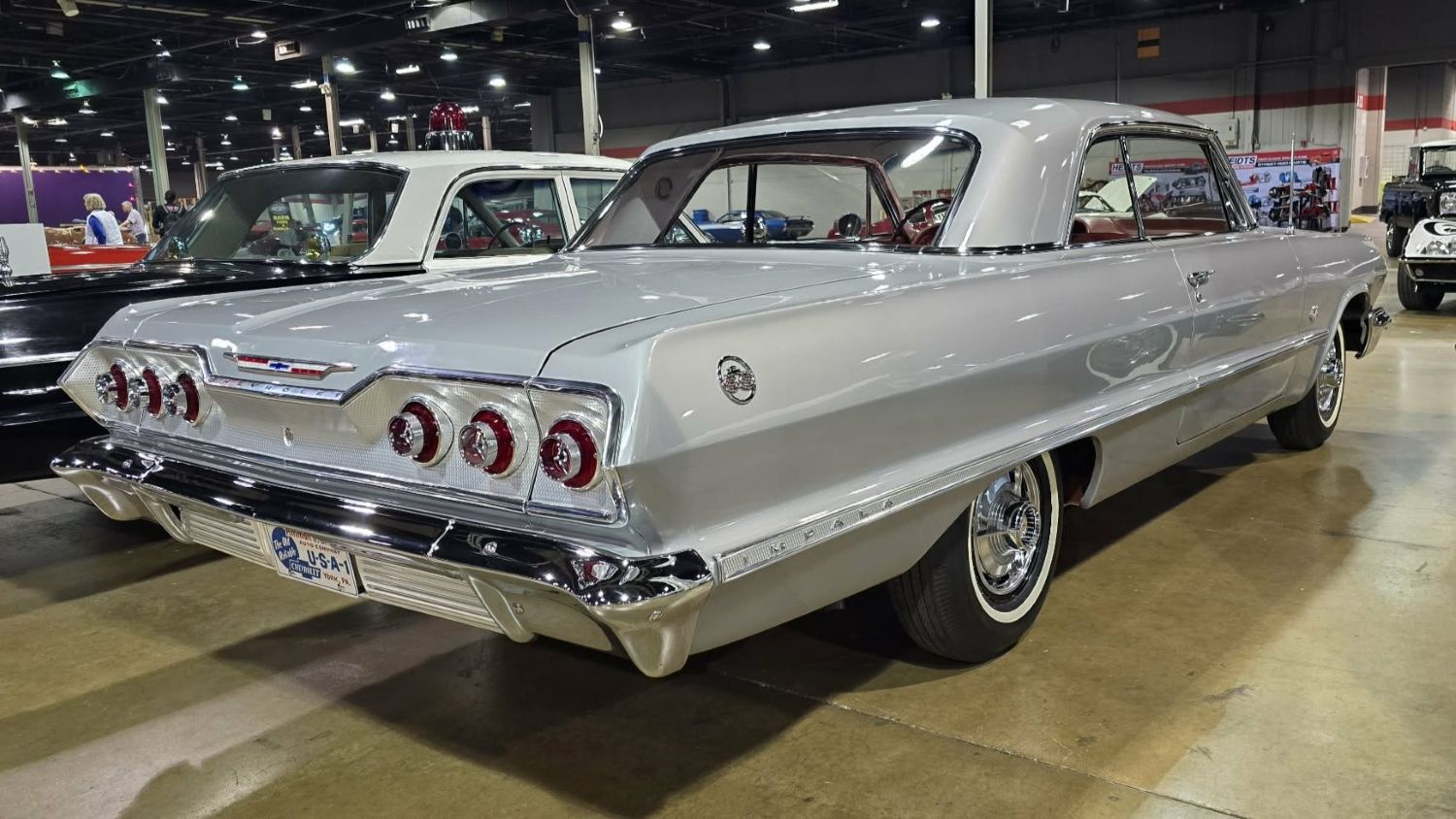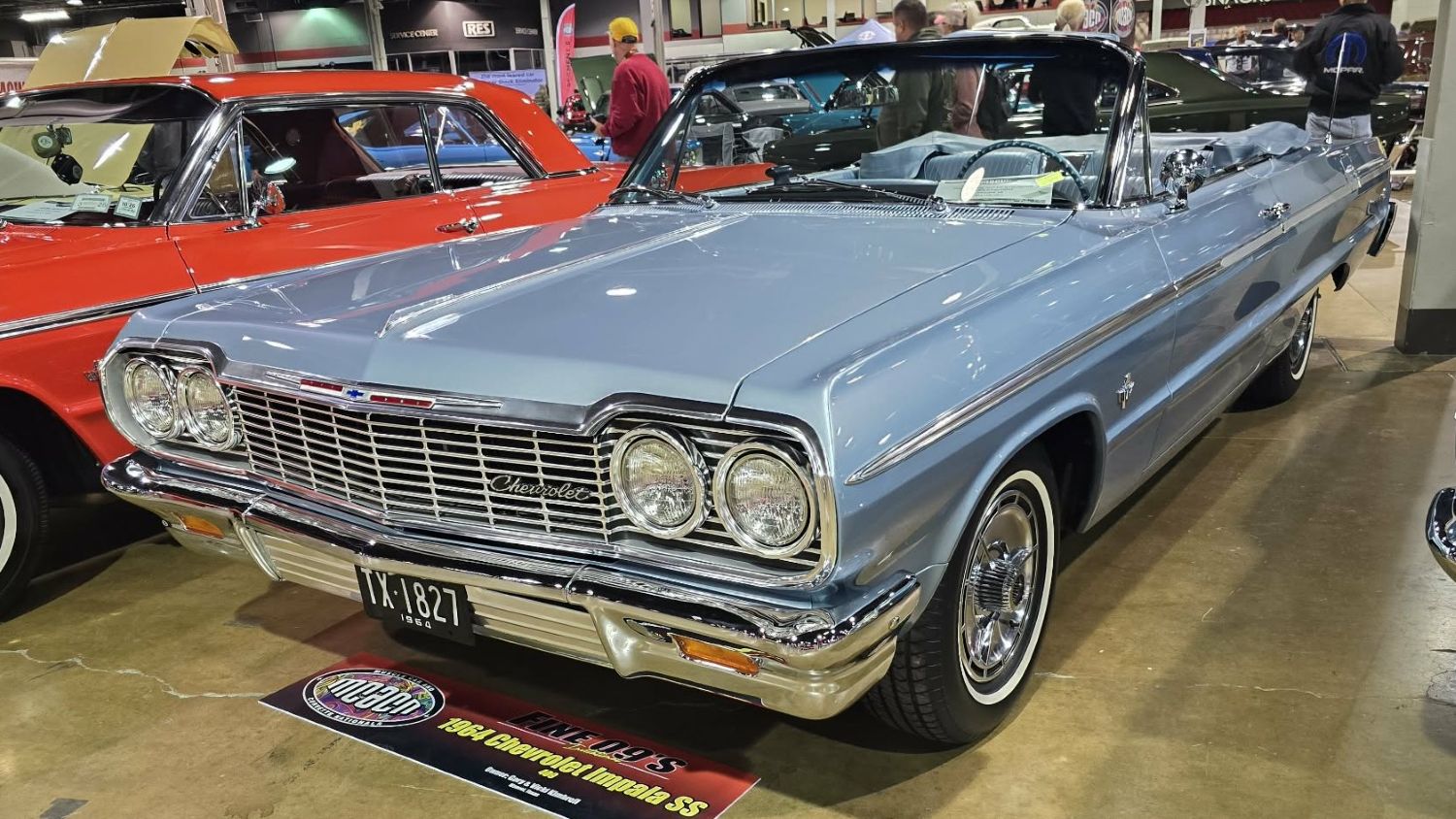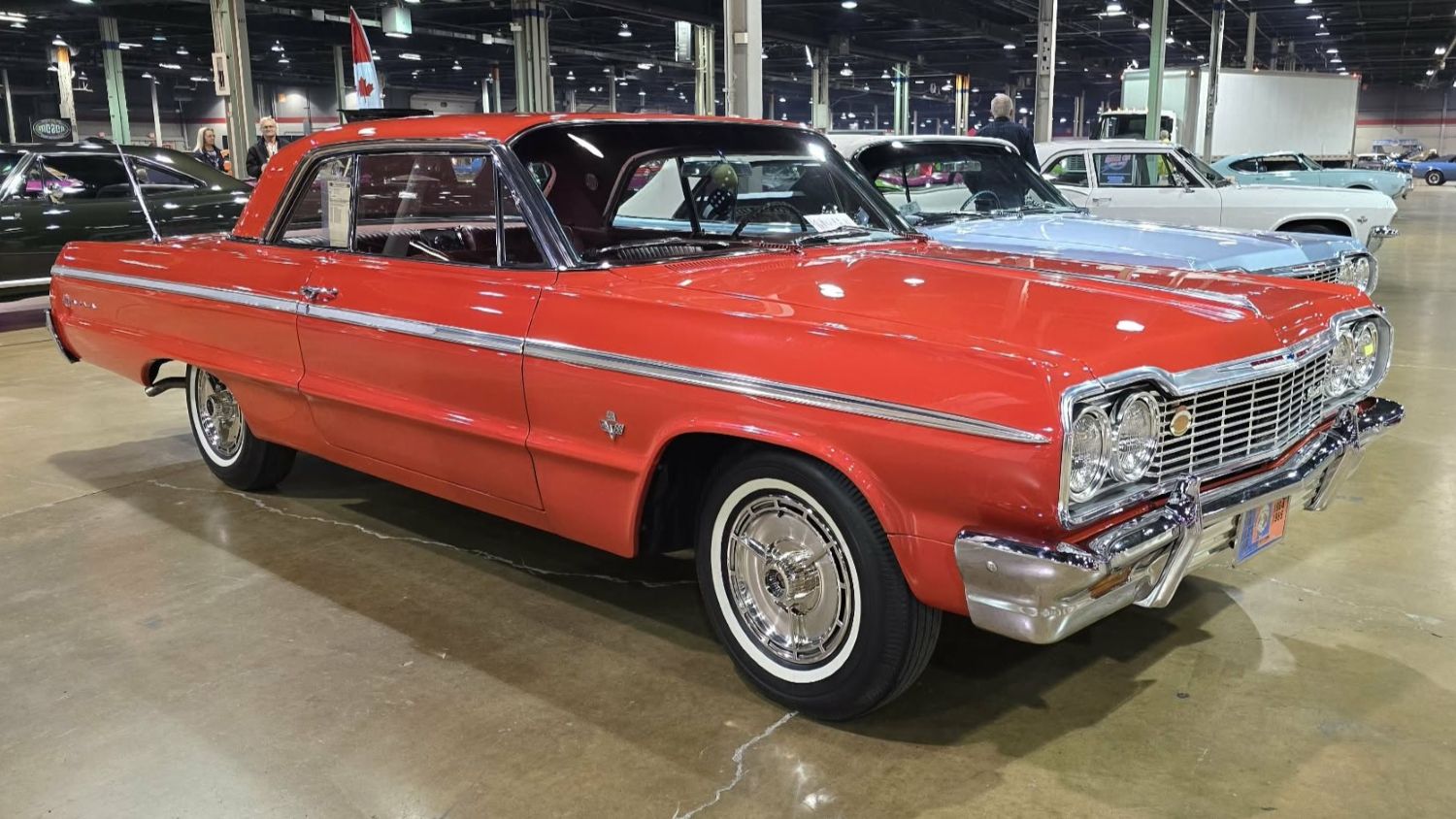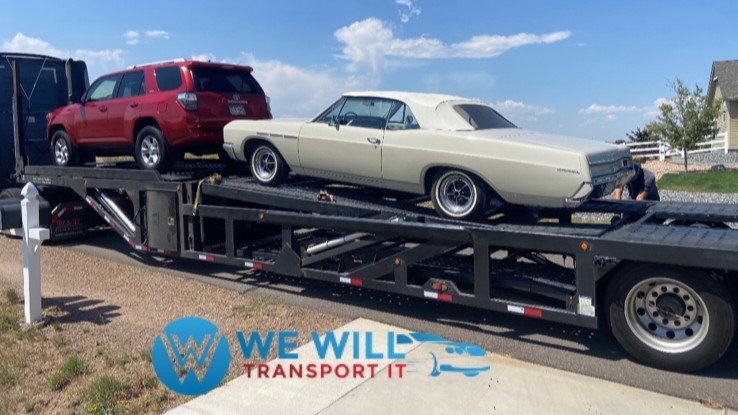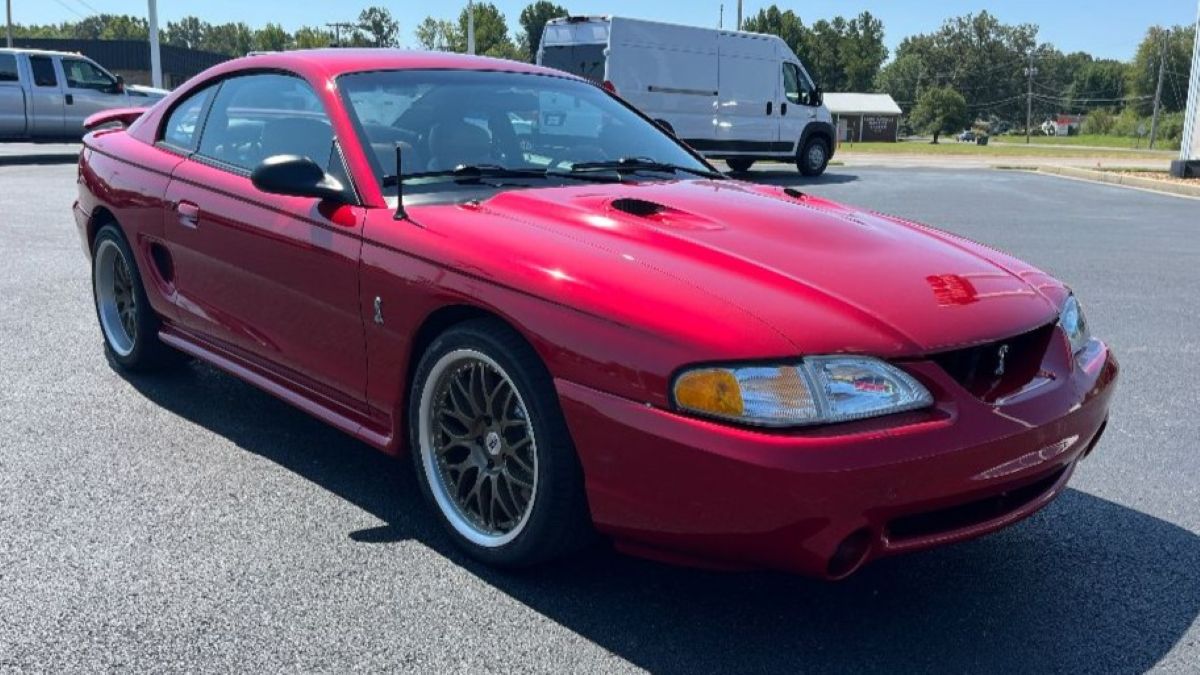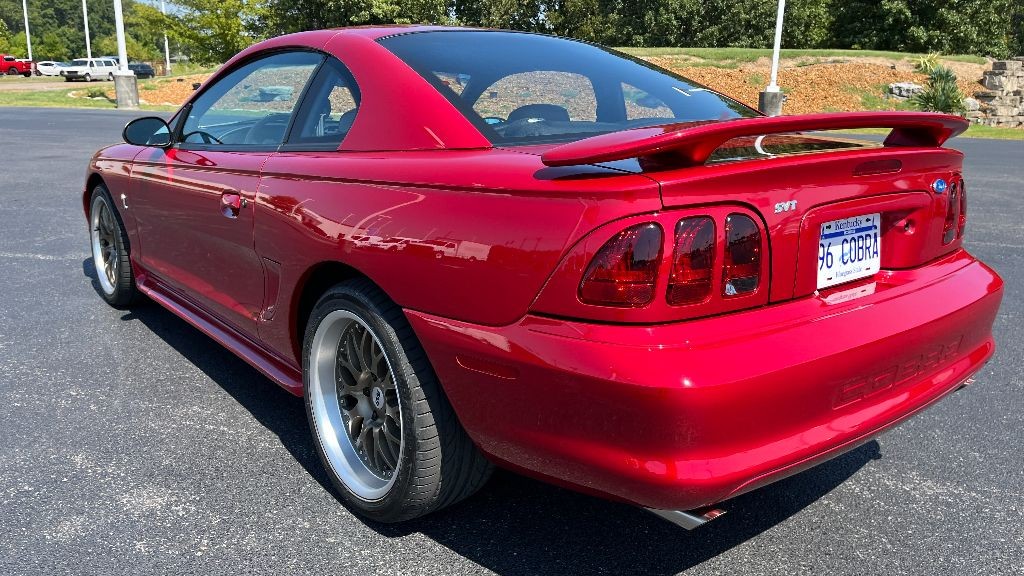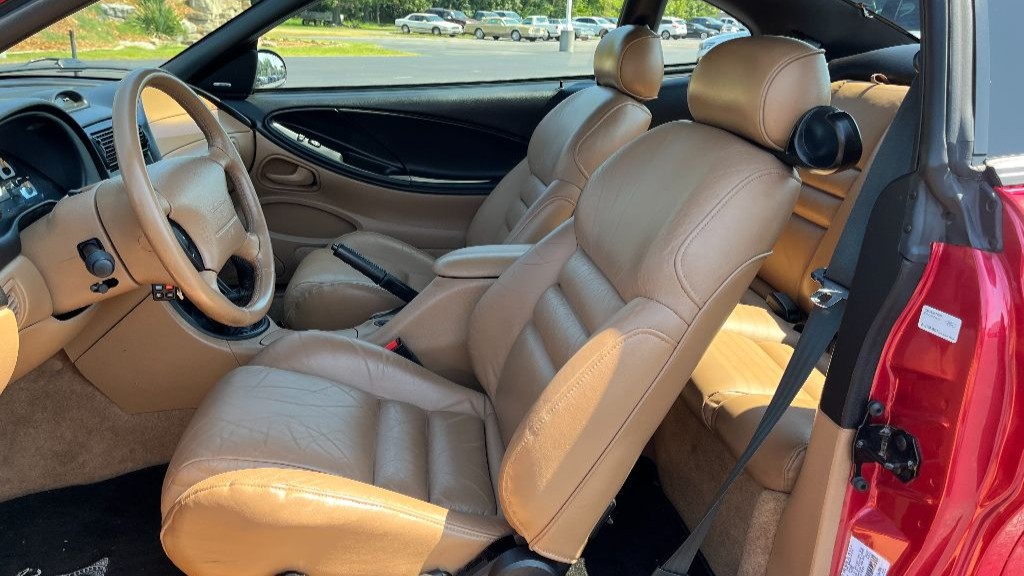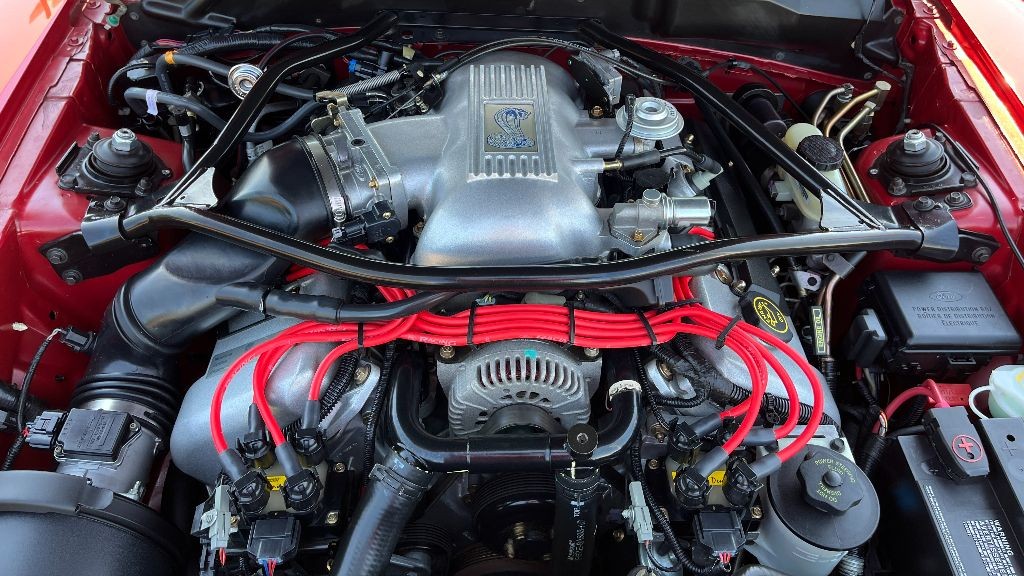This street-rod pickup was built by the seller in 2025 using a 1947 Ford body mounted to a 1982 Chevrolet S-10 chassis. Power is provided by a 355ci V8 linked to a TH350 three-speed automatic transmission and a 10-bolt rear end, and modifications include an Edelbrock intake manifold and carburetor, double-hump cylinder heads, an HEI distributor, and a dual exhaust system with coated headers and electric cutouts. The body was repainted in maroon during the build, and the bed has been modified with a raised steel floor, a roll pan, quad tear-drop taillights, and a front-mounted fuel tank. The chassis has independent front suspension, power steering, and power-assisted front disc brakes, and the 20″ Ridler wheels are mounted with staggered radial tires. Inside, a pair of bolstered bucket seats are trimmed in red and black and accompanied by a Lokar shifter, aftermarket gauges, and a marine-style stereo unit with Bluetooth connectivity. This custom pickup is now offered with a New Hampshire registration document.

The body was refinished in Maroon under current ownership, and the bumpers have been painted silver. The bed has been customized with a raised steel floor, a roll pan, quad tear-drop taillights, a front-mounted fuel tank, and a removable trunk as well as wood side boards. Additional equipment includes fiberglass running boards, dual side mirrors, front fender-mounted marker lamps, quad heart-shaped exhaust tips, and LED headlights with chrome visors.

The S-10 chassis features independent front suspension, power steering, and power-assisted front disc and rear drum brakes. The seller notes the power steering pump and brake booster were replaced during the 2025 build. Ridler 20″ alloy wheels are wrapped in Arroyo Grand Sport A/S tires.

The cab houses a pair of aftermarket bolstered bucket seats trimmed in black with red diamond-stitched inserts. A wooden dash panel is installed along with a Lokar shifter, dash-mounted cupholders, and a marine-style stereo with Bluetooth connectivity. A collage of license plates covers the inside of the roof panel.

A Sea Ray boat-sourced steering wheel frames a set of aftermarket gauges consisting of a 120-mph speedometer and readouts for fuel level, amperage, oil pressure, and voltage. The speedometer and fuel-level gauge do not work. One mile is shown on the odometer, and total mileage is unknown.

The Chevrolet 350ci V8 was reportedly bored to displace 355ci, and is equipped with an Edelbrock intake manifold, a gold-anodized Edelbrock four-barrel carburetor, double-hump cylinder heads, and an HEI distributor. The seller states a Howards Cams flat-tappet camshaft is also installed, and a radiator fan shroud has been fabricated from license plates. Purple LED lights are affixed under the hood.

Power is sent to the rear wheels through a TH350 three-speed automatic transmission and a 10-bolt rear end. Coated headers feed into a dual exhaust system with electric cutouts on each side.

The Carfax report for the S-10 pickup is displayed in the gallery and indicates no accidents or damage with one record from Massachusetts in 1991.
The truck is being offered on its New Hampshire registration, which serves as the ownership document for a vehicle of its age. It is registered as a 1982 Chevrolet pickup with the VIN sequence 1GCCS14B9C2145264.
